|
I've been making interactive artwork for the past couple of months (and about 18 years before that). Interactive artwork sounds a little highbrow, but in fact, it's just like a turnstyle, or a book, or a shoe: it's something you are meant to engage with in a physical or experiential way, rather than simply look at. My books are interactive art projects, in that you pick up, flip through, and experience the object to experience the work. Which is the idea. I never set out to make this kind of work, but I like it because it's a playful way to attempt to embody an idea. It's different than installation art because an installation isn't necessarily something for you to touch (but something that can be a whole room or environment). It's not like sculptures or paintings I make either, because those are also not for touching. I sometimes make interactive projects, like some of the work in the upcoming show Energy Transfer at the Ann Arbor Art Center, because I like things to be activated, energized, and as simple in concept as I can make them. One project in this show invites you to place an object, in this case stickers, on a surface, as you have certain specific and familiar experiences, like seeing something pass by out the window. Another project invites you to imbue a mundane activity, like putting away a dish, with a specific intention, like sending someone love. In a way, all objects around us are there to be picked up, interacted with, related to in a particular way, much like all the objects in the video game Mindcraft are tools, or implements, for your use. In another way, everything is a little like an icon on a screen, also there for you to engage, like a light-switch in a dream. I've been playing with 'things' in this way for about eighteen years, and slowly the methods get simpler. The only way I can really know if something is working is to try it out, and then refine it over time. By trying it out, I mean sharing it. Because unlike objects, you are more than an object, dynamic and mysterious, and by sharing my work with you, my work comes alive and yields insight. So you are the magic ingredient in my work, showing me where there's life in something, (even if you are not loving the work it might be so), and where I will keep digging. I studied art and philosophy (religious studies but same thing really) at Brown, and in a way the conceptual and interactive projects are a form of embodied philosophy. An experiential way to share, versus making you read a paper. But here you are reading so - hah! The exhibition has four artists and all of the work is interaction or installation. There will be shimmying plants and spinning tip ties, helmets and a pile of things unearthed from the basement. It will be the first of many interesting shows at the center this year, and it is up until Feb 27. Come by and try some sacred dish shuffling, lift weights with bags of sugar, and see what it's like. Further details on the show: Energy Transfer Up through Feb 27. Talk at 11 am Sunday Feb 19. 117 Main Street, Ann Arbor MI 48104 (734) 994-8004 Some related projects on my website: Visual Traces of Groups at Work Attendant Empty Full You Are Legend
0 Comments
Every time I make a book I make a series of works as a part of that project. For several years now, I am confounded about what to do with the artworks for each of my artist books. What do you think I should do with each of these collections? The collections of artwork are -A series of drawings from my first book Contemporary Prayers to Whatever Works. The above image is one example of fifty. -A series of small bits and artifacts from my second book Help me [ ], do the thing. 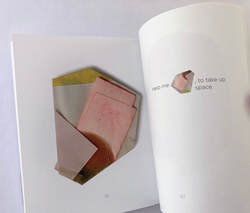 -A series of drawings from the 2021 edition of Contemporary Prayers to Whatever Works -A series of drawings from the Elements: a love letter to all things everywhere. and finally
I have these 'Lots' of Collection of really valuable things and I keep them really safe, but I can't decide what to do with them. I am open to selling them, I could auction them in some way, ideas please!?!?!? Thanks! Happy thanksgiving, and leave all ideas below please!! The book Goodnight Moon is strangely a bit of a lynchpin in many of my art projects. Goodnight Moon was a book I grew up reading when I was very young. I'm sure many of you are familiar with it. It features a bunny rabbit and his mom or grandma in a quiet house at the close of the day. It's dark outside and the mama bunny is knitting while the baby bunny lays in bed. The narrator then does a kind of inventory of everything in the room as they say goodnight to it. "Goodnight mouse, goodnight house (there's a doll house), good night brush, good night mush" (there's a bowl of mush). We read the book not only saying goodnight to all of the objects in the room, but also, you get to find and pair each object because of how it's illustrated with little side images of each object. You look for the mouse in the scene, seeing it on the side, as well as the house, the brush, the mush, and so on. I recall this as a very satisfying process, very engrossing and rewarding. I loved this pairing process, and I want to point out to you that in my artwork, I do this all the time, in part I now realize, because I found it such a joy when I was a kid. It's basically pattern recognition, but it's something we're good at as humans, and find pleasurable because it's how we're wired: Look for all the berries on the bush, or the gazelle on the ridge, or the bug in the soup - to keep us safe and fed and alive. As you forage for a plant or a mushroom, or that perfect black skirt, see your lizard brain at work! This same simple and gratifying process happens in at least five of my art projects: Stand In, where I have a legend repeating the objects in the sculpture: You Are Legend, where similarly a legend repeats objects in the room you are standing in. This project hasd happened as part of the Reflecting on the Sacred Exhibit at Babson College, and recently, this August I developed it further while in Vermont, on Turd Hill with an excellent group of artists. My prayer books where an image is large on the left and small on the right. The image below is a page from the newest book, written just before the pandemic, which has new prayers and new images throughout, and was published under the original name Contemporary Prayers to Whatever Works by Simon & Schuster's Tiller Press in 2021. So two different books, same name, printed seven years apart! In Offering Shelf, an asterix is in the object and on the label. The image below doesn't show that, but the label reads ' Every item on this pile is a thought, story, emotion I let go. ' and the pile is detritus and overflow of materials and scraps from my studio (as are the images from the second book Help me [ ], do the thing. (Offering shelf has been shown three times, at Millersville University, Lancaster PA in a solo show I had there in 2010, at 808 Gallery at BostonUniversity in a group show I was in prior to that, and in another form at 555 Gallery in the 2014 solo show there called Placeholders). In Attendant there's a picture of the block in the label, and also in the image. This is Kim Cowperthwaite, at his desk at the Mass Institute of Technology, participating in the project while working. The photograph below is by Lisa Abitbol. Attendant has happened in many places and with many participants including Currier Museum in NH, MIT, the Urbano Project MA, Millersville University, and on Peddock's Island in the Boston Harbor :). Again, it's just like in Goodnight Moon. It's amazing to me that a simple impression from childhood creates an indelible pattern of its own across several decades of my conceptual artwork. I asked you this in the Small Spark post a few months ago, and I'm still curious: Was there a specific childhood moment or insight that you remember affects what you do as an adult today? I mean of course, and frequently from pain. But any you feel comfortable sharing in comments below, please do!
PS! There are a few calendars left! I will be sharing them locally at the TINY EXPO in early December, so get yours now if you are far away. Remember: shipping is free from my shop! See the whole thing here and n Get your copies here! It will be sent to you promptly. I've been working quite vigorously on a new series that began about a decade ago with three pieces. The project is called Stand In and it's basically poems in things. In a solo exhibition opening on Saturday September 17th on the outskirts of Ann Arbor, I will share several new pieces in this series, along with two other brand new, related bodies of work - puffy paintings and peg drawings. What I'm sharing here is a little peek at a few Stand In sculptures. At the opening from 4-6:30, Suite 1, 7885 Jackson Road, Ann Arbor MI Sat. Sept 17, I will also be raffling off one copy of NOWISH, the 2023 Calendar that I make a very small edition of valued at $50...so come with your lucky rabbits foot! Each sculpture has three component parts: the base structure, assembled objects, and a legend, like the legend on a map. This legend translates between static objects and lived experience that never stops moving. Here's the Project Statement. These conceptual, sculptural works are found object assemblages used to express ineffable, personal experiences. Sometimes, the experiences mapped through these objects are poignant and moving; sometimes they are awkward and difficult, and or hard to recollect at all. Fleeting occurances like a wink, the last visit with someone, or an interaction, are broken down into its aspects, and paired to each object. In a sense this work is about presence: the presence in objects, and the way presence opens up and closes down in the course of living a life, or the movement through a day. I made this series after witnessing humans in that experience of being separated from their things. It's for me both an exploration of the lives of things, their histories as companions in our homes, and their fate in junk shops and land fills. This human inevitability of parting with what we care for and hold closest, as well as my own fascination with all the 'stuff.' I'm interested in the inside/outside delineation in human experience, what we don't know of another's life, and what's laid open to be seen. Also, what we often can't fully register - those moments - as they happen in our own. These works, presented via garlands, shelves and spindles, generally are under two feet in their largest dimensions. Larger site specific, temporary versions are also in development and I welcome invitations to collaborate with a space and one's 'things.' The work is both the sculptural assemblage and the legend that accompanies it. This project first began in 2014, and continues today. As a side note I've noticed that labels and legends are an integral part of several of my projects. These include the projects Offering Shelf and Fresh Eyes and Attendant. Stand Ins between words and forms also happens in all three books of prayer. This may sound complicated but it's in fact fairly simple. It's a little like reading the book Goodnight Moon in that it's about pattern recognition and the ridiculousness of a cluster of strange objects. I'm noticing as I make these new pieces that there are certain things that are being illuminated in the poems, and certain things being illuminated in the objects. I'll share some of the themes here. In the poems, what's being described are the things that we tend to miss because they are hard to pin down. Things that are either so mundane that we don't even really register them: Like the times we're alone in between events. It's easy to not even be conscious of that happening at all. Or the times when we have an awkward situation with another person, or an intimate moment that's either welcome one or unwelcome, with a stranger or with someone we love. Also, those moments that are big, poignant and memorable, as well as tender, vulnerable and fleeting, are represented in specific pieces in this series. The objects also have themes in them as well: they are domestic and often incongruous with one another. They invoke for me a kind of play, a balance, and a kind of jumble. The color palette, texture and overall form of them are composed with a lot of consideration. I may propose a residency with one of the junk shops because I'm there so often and I'm also kind of curious what exactly I'm doing there. What I find I'm doing is sifting through the evidence of other people's lives and the visible way in which a place like that holds evidence of lives that have either been interrupted by events or where a decision was made to declutter and clear out. Some of the objects that I'm selecting were parts of unfinished craft projects or perhaps were part of a life from another era. Our lives are so full of things. This is stuff we can't take with us when we die or when we go through transitions that we didn't ask for. These pieces are a way to both honor those objects and the quiet little relationships others have had with them in a home: to translate them with what's going on really behind them and through them. I've heard it said that Matter is a way of seeing, not something that is seen. I've also sat with the interesting idea that Objects are something to think with. The first comes from a non dual philosopher Rupert Spira, and the second comes from Seymour Papert, a child psychologist who invented logo programming for children. Both of these individuals share a certain brilliance, and I think this work is an expression of both of these ideas. Seeing this all as metaphor for something else: Isn't that in some ways what life really is? To put it differently, if this is your dream, isn't everything in a dream a metaphor standing in for something else. If you are local, come to the opening and try your luck at the raffle! We're a small operation, so it'll be good odds in your favor! And if you want to reserve your calendar - or for any other reason - drop me a line or leave a comment below. The gallery will be open by appointment , and for events on October 8 3-6, and for the closing on Oct 22. Masks are strongly encouraged and please do not join us if you are sick. Before I share about sparkiness, I want to extend an invitation to the WestSideArt Hop this weekend. Please join us if you are in the area (of Ann Arbor MI). Details here. Lots of new things to see!
Was there a small creative spark in your early years that became a vivid theme in the work that you do today? I recently came across this little paper remnant from when I was a kid because it relates a lot to my artwork. I don't remember the specifics, but what I vaguely recall is that this paper was from a listening and noticing exercise I was invited to do for a class in middle school. This is the piece of paper I wrote on. It had been folded into fours. It's something I keep on my bulletin board to remind me of how impressionable we are as kids and how simple things like this exercise can shape a life. List making in and of itself has come into my work many times, most notably in Empty Full, in which I inventoried every single object I own as both a list, and as a single calculated volume of space, which then was shared as a hollow cylinder in the same volume, with the list of objects on the floor of the structure. In Yardsale, while I was holding an object with all of the usual stuff for sale, I asked each customer to cross off of a list an item of their choice for every object they bought. The list was of intangible things I was, I felt, ready to let go of at that time in my life. The list has things like: "Taking the bigger piece of pie" and "laughing when it's not funny". Visual Traces of Groups of Work. I and five volunteers observed what was happening in the gallery: minute repeating events that are a part of a group at work, that became a list as part of the work, and then got translated into different types of adhesive marks on the walls and floor of the gallery, exhibited along with the list. Lists also feature heavily in my third book the Elements: a love letter to all thing everywhere. Here, the objects and areas in which each element is found, are listed for all 118 chemical elements, as well as their behaviors, qualities and uses. All of my books except the very first have Indexes, another kind of list and another way to explore and enter the content of the books. Spot Count asked others to list their noticings in open public spaces like a weedy lot or a park, much like I was asked to do in school long ago, though they moved through the space like you would for a bird count, or for a forensic search, but in my project, leaving colorful marker wherever they stood and observed. I'm also excited to share that this same theme is coming forth in a new book project that will be ready to fully to share in just a few months. It's a book called Field Guide to Ambiguity, and is about all of the situations in which ambiguity is present, as well as some of the strategies we use to deal with it. It is essentially a list of such ambiguous situations, paired with a new artwork, reflections and variations on each situation, as well as beautiful design by my collaborator Patrick Barber in Detroit. Patrick has contributed much to the building of this book, the structure and the editing process as a book designer and a designer specifically of Field Guides as luck would have it. I can't wait to share it with you, but for now, let's return to the piece of paper that inspired this post! Do you have something from your childhood that made a huge impact on your livelihood, artwork or other creative work in a significant way? What small thing was introduced to you that became a seed, that then grew into something huge? Here is a photo of me holding one of my smaller landscapes in a landscape. I know this is a social media trope, but it seemed fitting because landscape is a kind of artwork that I've been making since I began. Before I continue PLEASE NOTE! If you are in Ann Arbor on June 11 and 12, please join me to see some of these works in the flesh at the West Side Art Hop. I will be showing at Cathryn Amidei's with four other artists and would love to see you there! Landscape started for me my first year out of undergrad at Brown, just after moving out from my mother's house where I'd been living. I didn't know how to start making art outside of the context of classes and senior projects and the things you do as assignments when you're a student. Without that structure I felt a little at sea. By a series of coincidences, I found myself living within a few months living in a big open loft space that is now luxury office space in downtown Boston, but then was a rough, non-live zoned space with huge windows, plenty of heat, and a bright turquoise floor, off of a shared kitchen and five loft mates with similar spaces. It was $400 a month, sigh. Landscape started then when one of my loft mates suggested that I just focus in on one thing and see where it might lead. I then made landscapes for years and years and sold all of the paintings that I made. It was an incredibly rich time. At one point I had a job that I quit so that I could just make my art for a year. I showed and sold most of that work. Over time, my landscapes became more conceptual and abstract, morphing into projects like Correspondence Project and like Draw Through It. The landscapes became the activity of writing turning into landscape turning into writing. At a certain moment the landscapes had the vertical red line of a lined paper margin, and blue lines across it. Landscape has continued throughout all of the other kinds of projects that I've done, and every year I always have a period where I return to landscape. In 2019 I had a show in which for the first time I showed both landscape and total abstraction together. It was a delightful pairing. It worked beautifully together and was really freeing to put things all in one place. Often I find that artists do this thing where they have certain rules of what is and isn't allowed for yourself and your artwork. I think I had the rule that 'you can't do more than one thing, and that if you did, it was problematic.' I want to honor the abstract landscape in my work because I have many of them in my own home, in other people's homes and I value them tremendously. The natural landscape is a place I feel deeply at home and return to every day to birdwatch and forage for mushrooms, and to get bathed in green or brown or white and get perspective. I wanted to make sure that you knew for those of you who have been collecting my landscapes over the years that I still actively make them. I make them with a new appreciation for the big open spaces of the midwest and the new bodies of water, the giant, ocean-scale lakes that I've encountered living here. I continue too to visit northern coastal Maine every chance I get and to be influenced by the landscape that I'm immersed in when there. I wanted to share some newer work that I have made, and to let you know that it's available for sale and for exhibition, and some of it you can find here! If you are in Ann Arbor on June 11 and 12, please join me to see some of these works in the flesh at the West Side Art Hop. I will be showing at Cathryn Amidei's with four other artists and would love to see you there!
Do you ever notice how you need to make a mess to really get organized? I'm finding that to be more and more true in my art studio. I like to share about messes, and it's a requirement that I be able to be messy in my creative space. I have to be able to pull everything out and try a bazillion different things, and it has to be left half done so that I can come back and respond the next day. This makes my studio kind of an uncomfortable place for my engineer husband who much prefers the data cell and the number, and why he thinks twice before casually opening the door to my space to seek out the ladder say.
I'm grateful to have someone like him who is really good at sweeping the kitchen floor, because it sure isn't me! I do wipe the counters down though and lots of other stuff. One thing that makes a big difference to my studio practice these days is clarifying a process for myself, and then committing to and sticking with that process. For example, How to do a photo shoot, how to make a painting support, or how to do my business numbers every month. The point of clarifying a process this way is so that I don't have to remember how I did it the last time, instead I can just look it up. I've found that making these How To lists are really deeply important for my practice. Each of these things is a valuable trove of process. These are the assets of my business and studio practice, they are how I get things done. To give you an example, the project Stand In I'm in the middle of, has many moving parts. It involves trips to junk shops, a particular list of what I'm looking for, building structural supports, writing and editing poems, trying to apply a poem to objects and finding it doesn't work and doing this enough until I find a process that does work, and then it involves once I make a sculpture and pair it with a poem in a way that works, how the heck do I document it, create the legend and store it? Then I need to take it apart, photograph each piece, digitally edit the series, create the label, and make sure that I have a photograph that's both high quality and high resolution and also lets me remember how to assemble it. And then there's oh my God writing instructions for other people to know how to assemble them. This takes a lot of time and love. If I didn't feel compelled to do it, it wouldn't happen. Recently art friend Deb Todd Wheeler was asked what advice she'd give to an artist starting out, and her response was: only do it if you have to, only do it because you couldn't not do it. I think I feel that way about this process. Because it is messy and chaotic and both fun and overwhelming at times: I trip over things, I break things, I forget the revelation I just had if I didn't write it down. The more time I can spend tidying and putting into boxes and labeling and coming up with an archive system, the more I am expressing love for and the value in what I'm doing. These drawings are new as of spring 2021, although I have been sketching these out for about six years. I brought the materials to begin them from Boston when I moved in 2017, when I was thinking about innovative displays, and then there was so much moving around and upheaval that it didn't come back up to work with until I was back in a permanent studio and able to relax a little. The peg drawings are occurring in tandem with the Puffies, and with the Stand In project, another sculptural variation. I was really delighted when I first discovered that the paintings and these sculptural wall pieces worked so delightfully in tandem. In other words they really talk to each other! The peg drawing series is one kind of work that feature things with holes in them, a theme in my creative process that I recently wrote about. These Peg pieces consist of a wooden peg or pegs affixed securely to the wall, and then reinforced two dimensional-ish forms that hang from them, including materials such as card stock, book board, cardboard, painted, dipped in plaster and paint, found and sometimes folded. Some of these objects are single, beautiful fragments that I have loved and held on to for years, a patterned discarded paper scrap then dipped in a thick paint, or paper that's been dyed, dipped, scored. These are arranged in a specific compositions, and simply hang in small divots on the horizontal peg in a given order. When you purchase a peg drawing you get instructions on how and where to best install the work, the hardware and the peg. The work can be presented as this simple ephemera, or you can have the work framed in a deeper box if you have a very windy or high traffic kind of spot in mind for the piece. Making this kind of work is all about textures, color therapy in its own right, problem solving, constant pairing, stepping back to asses, and composition. My favorite part in problem solving was finding as many things with holes in them, and as many ways to make a hole, as I could, trying out all the processes, then refining and refining until I was clear on what I was delighted with, interested in, and what made a piece shine. So far I have exhibited the pegs as part of the 'Incomplete' exhibition at the Scarab Club in Detroit MI, and again at the 'Art for Right Now' exhibition at B Gallery in Castine ME. An exhibition at TrustArt will also include several peg drawings later in 2022. I'll keep you posted! Here's are some more examples. I welcome any questions, thoughts or comments and respond as soon as I see them. It adds whole new dimension to my work to share it and to hear how it bounces off others!
One of my favorite types of studio related errands is looking for something specific to go into a sculpture or installation, that is generally used for another purpose. It might be in a hardware store, a junk shop, a speciality store or even a drug store. What I enjoy about such an errand is that it demands a very different kind of engagement than the usual go and get some shoelaces kind of errand. Instead, it requires me to 'go wide', to stay open and to look freshly at things I see all the time. I recently went to a junk shop with the mission to find 'things with holes in them' for a new series of sculptures I'm working on. This found me digging through napkin rings, tupperware, dishware, jewelry, small appliances, gardening stuff, kids toys, general antiques and even lengths of hose. There's a book I've never read, but that my sister has always recommended I read. I like the title, and I think it does enough for me right there, The title is 'Seeing is Forgetting the Name of the Thing One Sees' by Lawrence Weschler. Essentially that's what these errands are about. At other times, this kind of searching happens online and that's not half as fun. Also, it's generally difficult to have someone in a store, especially a big box type of hardware store, help me on these errands. The conversation goes like this: Can I help you find something? Yes, I'm looking for things with holes in them. Can I ask what you're using them for? It never goes well. A new project like this gets me looking everywhere and in all situations for things with holes in them, how one can make holes of different sizes, and in what kinds of material. It's like a rabbit with her ears up and pivoting about, taking in all of the sound data around her. The ears are up and pivoting! Other projects have found me looking for wrap-able colorful things, forms of glow in the dark material, patterns for sewing orbs, materials that float and disintegrate in water, all variants of tape and specialty adhesives, colored powders with particular properties, types of smooth absorbent cottons, modular fake plants, granular materials for flocking and other people's half finished craft projects. It's rare that I actually go into an art and craft store for anything! Anyway, the last junk shop run yielded quite a haul, and I've been having fun digging through and altering my wares: pulling apart necklaces and using a step drill bit. I look forward to sharing the results! Here's a peek at some work in development. What strange errands have you been on that perhaps have altered your perspective in some way?
This ongoing series of paintings began in 2005 when I put together an exhibition for Judy Goldman on Newbury Street in Boston. It was the second show I'd had with her, she represented me for as long as her gallery was open, and it was the first time I'd made this type of painting. The exhibition had painting, drawing and small sculpture, and the palette was black, deep blue, red and green. This was the second round of pour drawings, another trope that continues in my work today. I essentially upholster the wooden supports, and then cover the surface with various types of acrylic, and in some cases, oil paint. Occasionally pencil or chalk or another type of mark. I am amazed to find that these paintings, provided they are correctly stored away from sharp corners, are incredibly durable and stable. When I first made these paintings, I tended to work in black and white, or monotone with shades of blue. Now, I often start with a white or other color like ochre, and do not tend to make paint strokes on the surface, but work with what's happening in the pour. Occasionally, I've made a very involved and busy type of puffy painting, one that has equal parts disturbed and delighted me. This one was such a one, it was delightful and at the time so different than what I was going for that it alarmed me. I remember that a friend was coming to the studio and I hid it, because I thought it was so ugly, but then I couldn't stop thinking about it. This fear of ugly is an interesting a fertile territory for me. I kept trying to 'finish' this one, until I felt I had ruined it. This happens sometimes and can be how my comfort zone gets stretched. So I essentially took it apart and then, over the weeks that followed, regretted doing so. It was a forerunner of sorts, and I have kept pieces of it, sort of like a pelt.
Here is me working on some of the newer ones, which are branching out in the base colors, patterns and fabrics beyond gray or white. Please share with me your impressions, thoughts and questions in the comments! I am always interested in which pieces speak to someone - or what kind of response is inspired. I learn so much from what happens in your worlds in relation to what is happening in mine.
I am taking a moment out of the deeper posts here, on subjects ranging from Death to No BS approaches to meditation, to a survey and narrative history of objects in my studio, to share with you that there are a few copies remaining of the calendar Especially Now - a year in 12 artworks by Hannah Burr (that's me!) AND that it is A GENEROUS SALE ON REMAINING COPIES while there are a few left! The remaining copies 4 or 5? Are $22 off, with adjusted postage to reflect the normal cost, post holiday.*
So for 2022, keep your $22, and get one of these limited edition calendars for only $33 as a gift for your new year self: color, form and inspiration changing every month plus an ever-ready answer to the question 'what day is it again?' while you're quarantining from a covid scare or just emerging into the strange light of another new year. Also, congratulate yourself for biding your time, keeping a careful eye on your budget, or plain forgetting to order your copies until now! It is your lucky day. To snag your copies, go to hannahburr.bigcartel.com and put the discount code NEWYEARNOW in at check out. While you're there at the shop, you may notice a couple of other exciting developments which I will be announcing shortly as well! *the USPS raised their holiday rates quite a bit this year and so for the holiday, rates needing bumping in the shop as well. They are now back to "normal". Enjoy and happy new year. Especially now. PS. I give 10% of my gross profits to charities through Effective Altruism, excellent organizations like WakeUp! and one tree is planted for every individual product I sell through a $1 contribution to EdenReforestation (Thank you Leila Simon Hayes for this excellent idea!) Good news!! The calendars are still available through November 4th.
I was so proud to be organized about getting calendar reservations squared away early this year, but then I got feedback that it was slightly bleeding edge early for some people, and so: Reprieve! I have extended the deadline for reservations until November 4th. You can reserve your copies at hannahburr.bigcartel.com and the details are still as follows: Go to https://hannahburr.bigcartel.com/product/especially-now-limited-edition-2022-wall-calendar for the immediate product page, and to hannahburr.bigcartel.com for all your other HBS products. I will send these out in the first week of December (I said Dec 1 originally, but now it's going to be the end of the first week to accommodate this change). Please do contact me if you have questions or constraints, but want a calendar - I am happy to work with you. Two things!! |
ALIVEUPCOMING AND RECENT
FIELD GUIDE TO AMBIGUITY is here! Arrived Jan 31 NOW--ISH A solo exhibition Opening June 7—Sept 6 2024, Saugatuck Center for the Arts, Saugatuck MI. FREE SESSION WITH HANNAH!If you feel overwhelmed, confused or just plain excited by what's afoot in your life, and would like some excellent clarifying space and tools, try a session with Hannah! She's been a coach for 15 years. First 30 minutes is just to see what it's like...
AuthorHannah Burr is a contemporary artist and author. Originally from Boston, she lives in Ann Arbor MI. Archives
November 2023
Categories
All
|
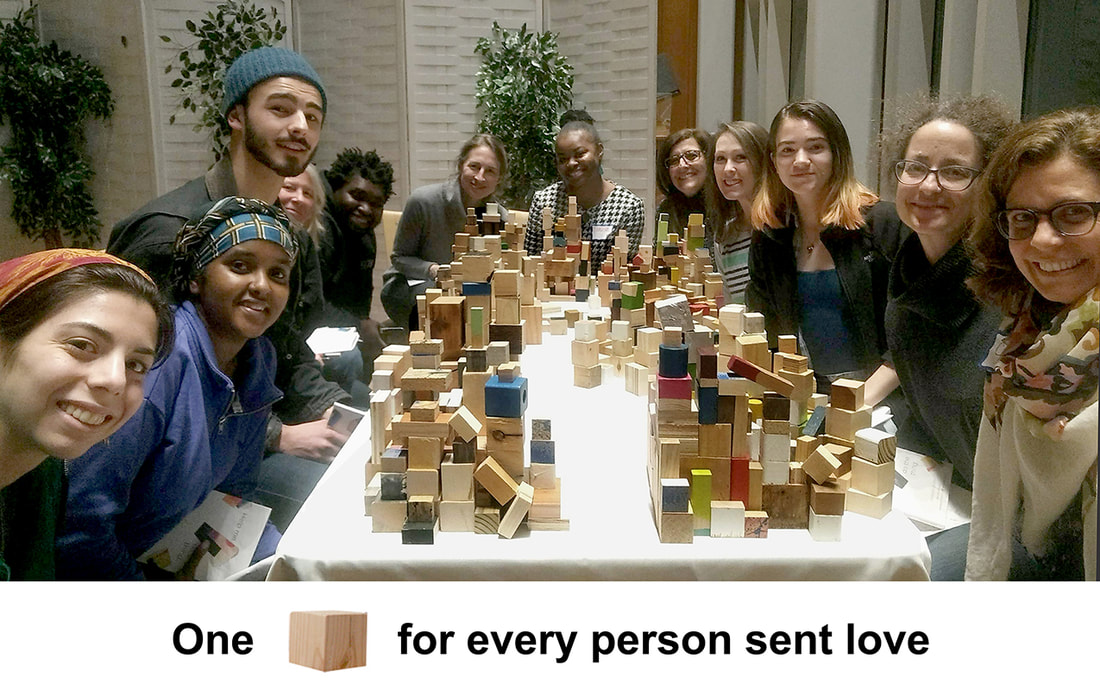
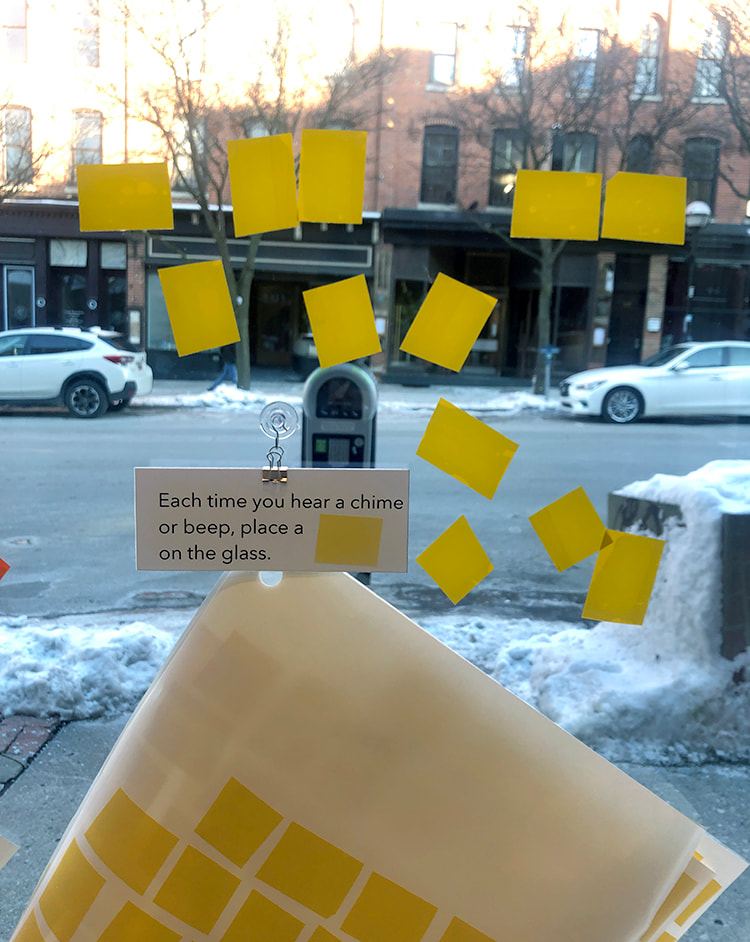
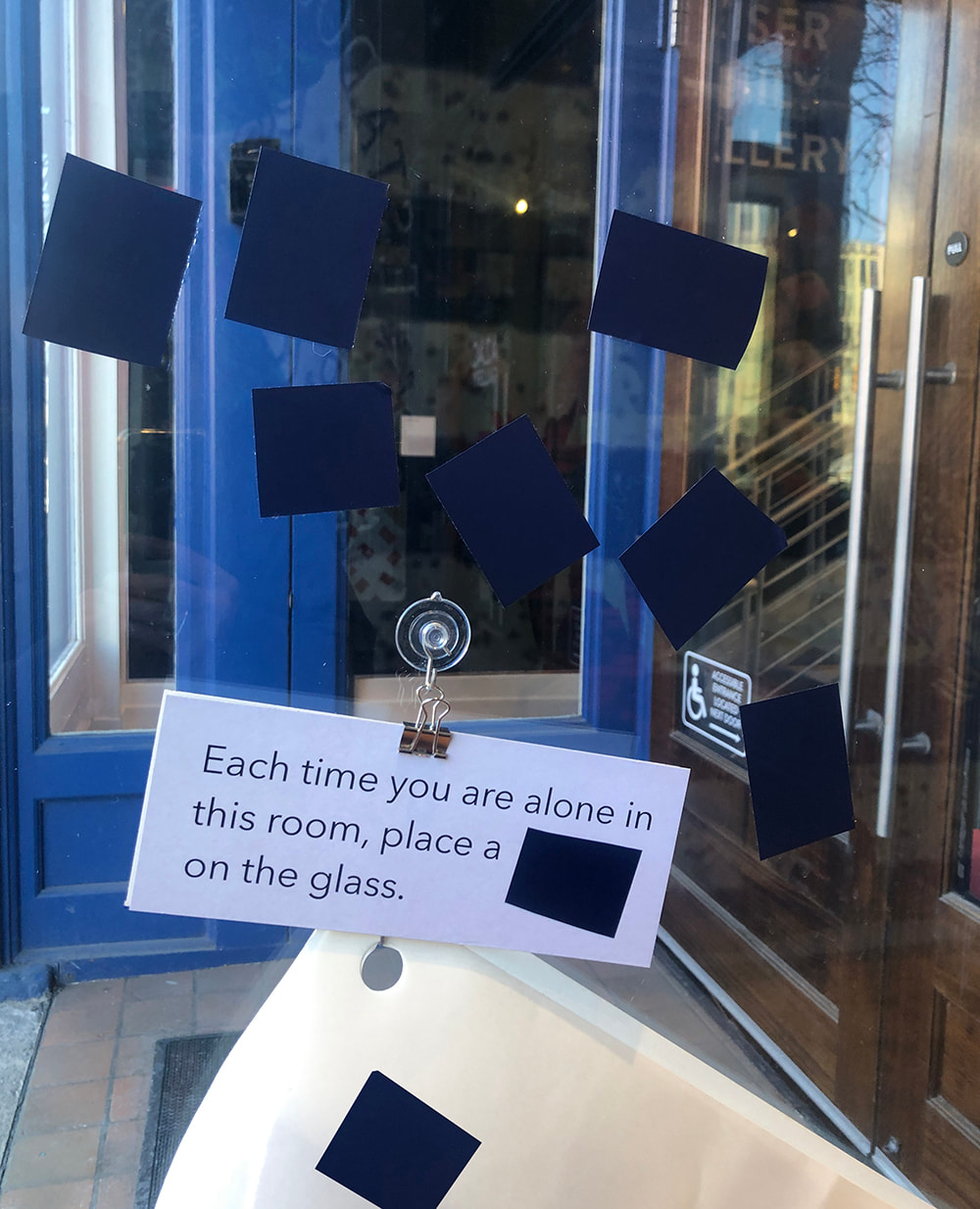
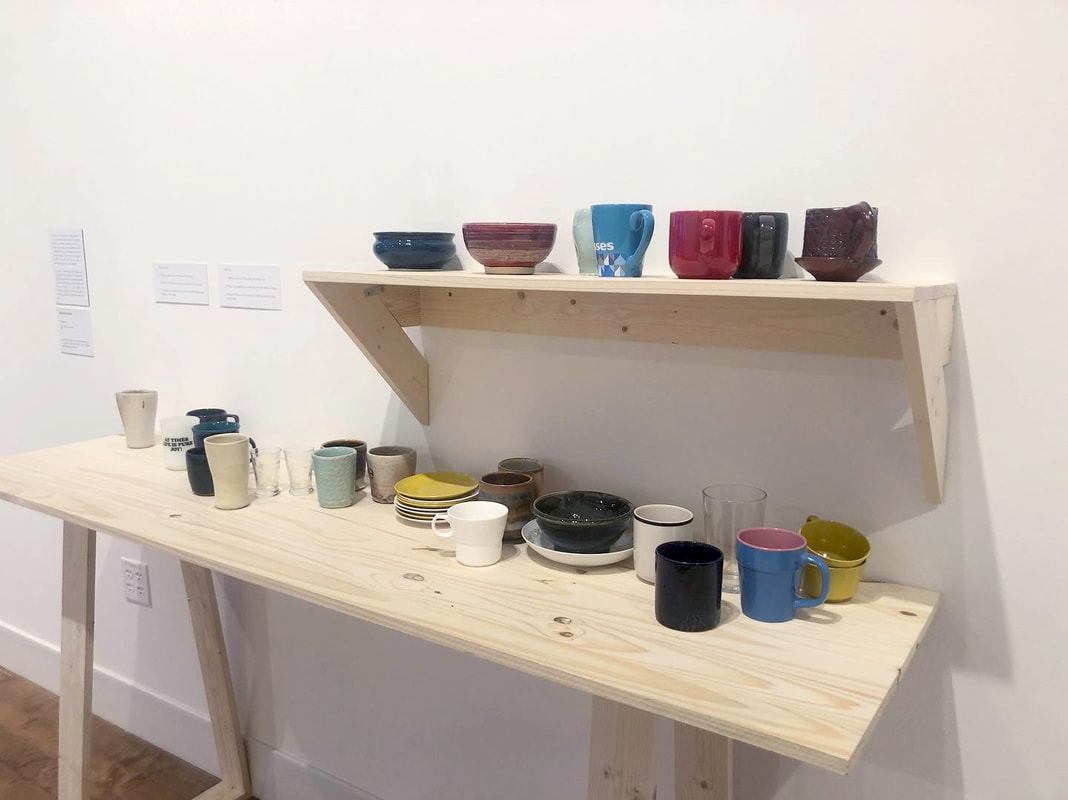
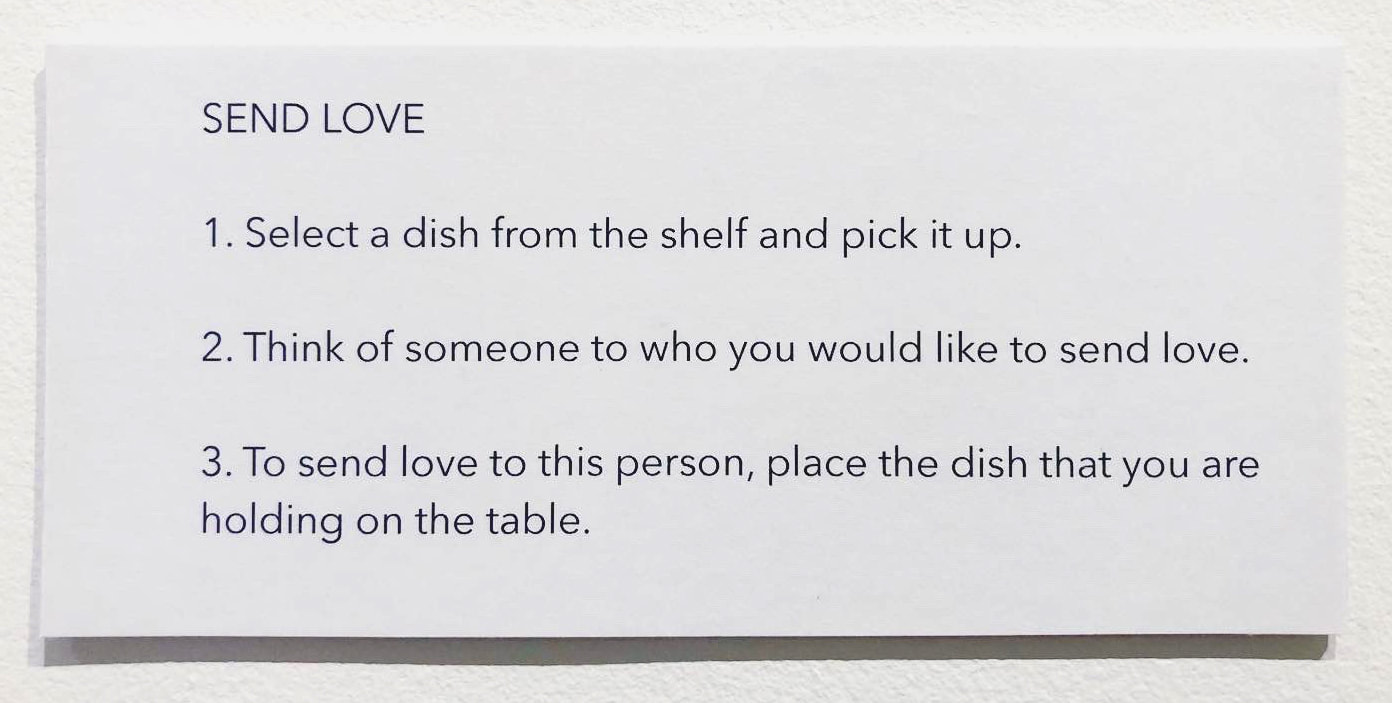
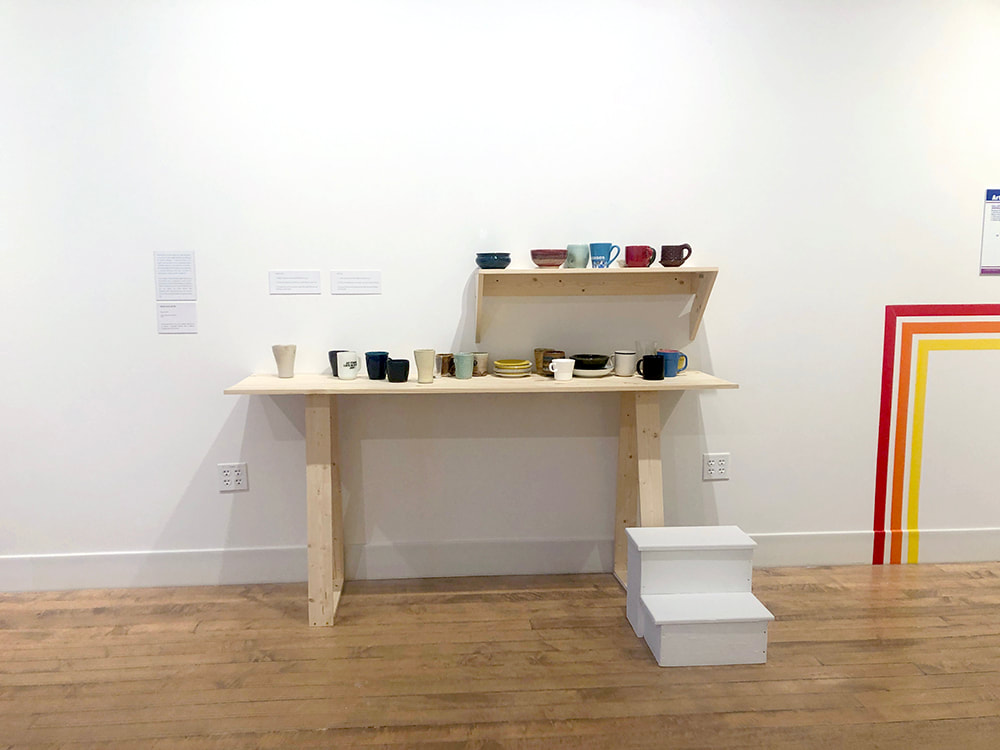
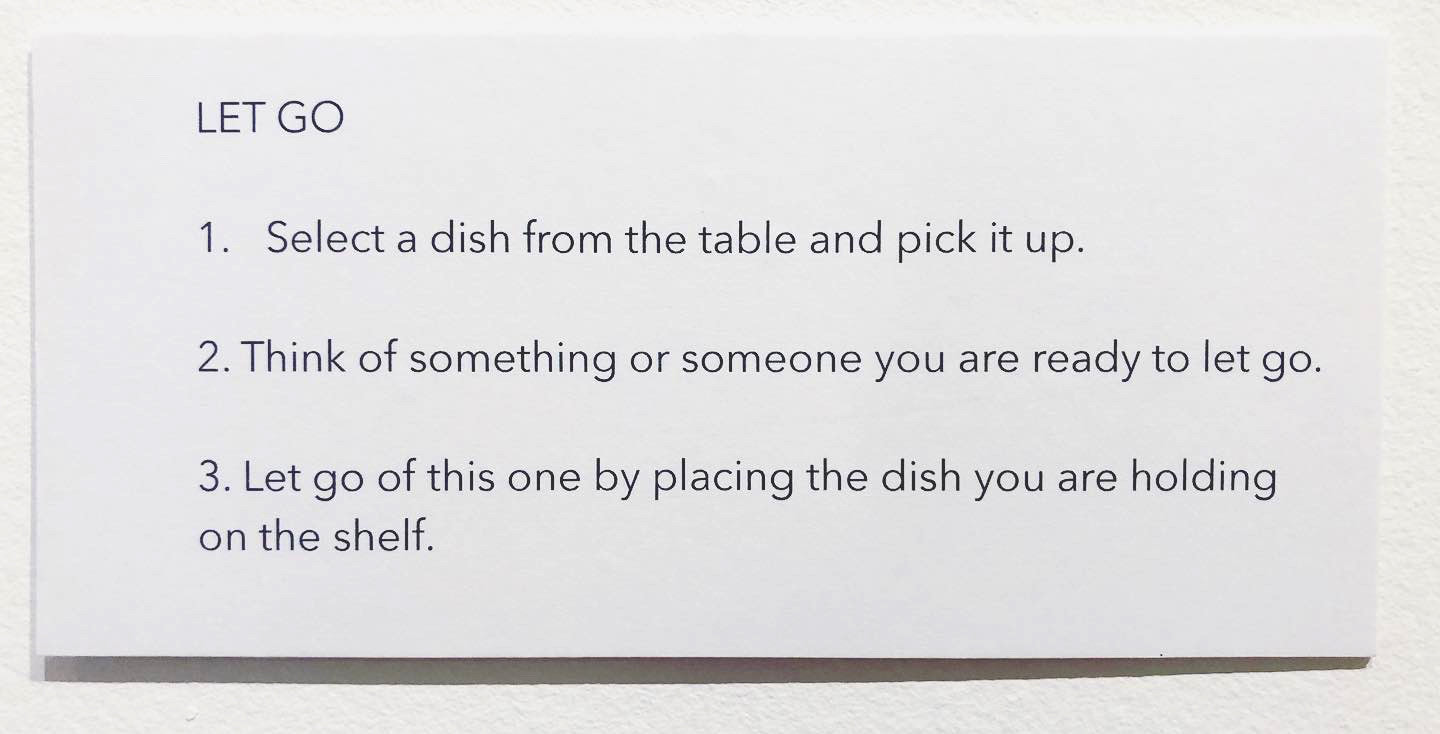
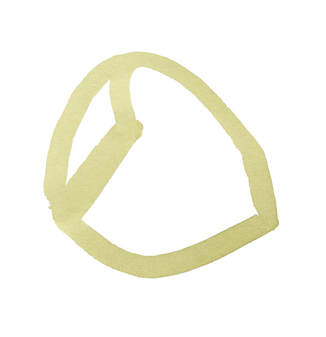
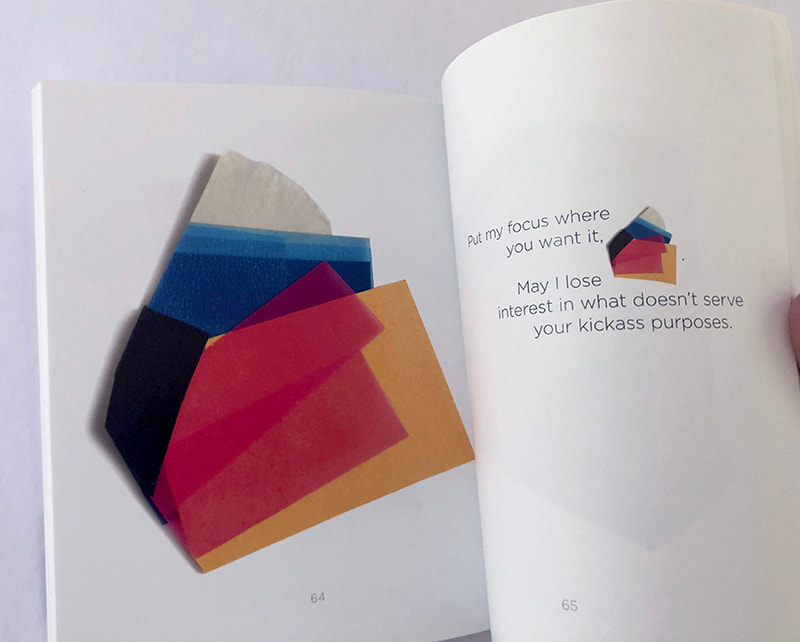

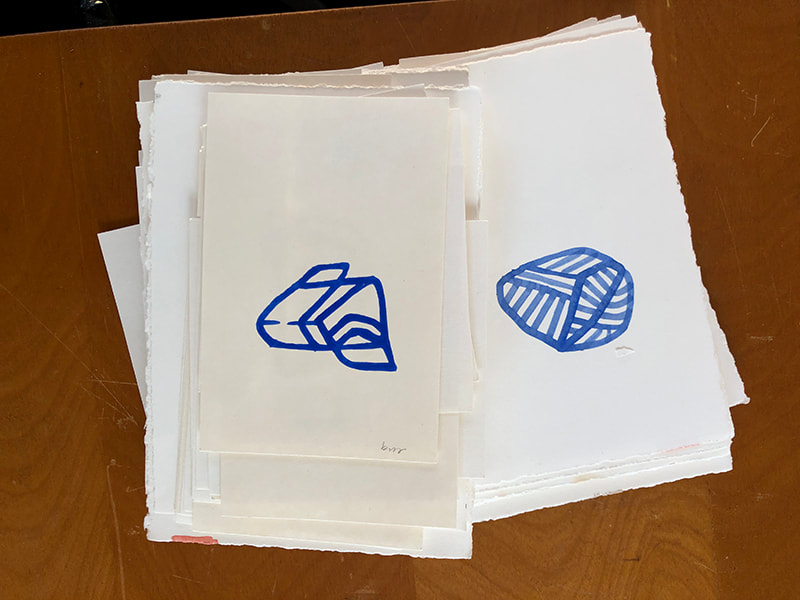

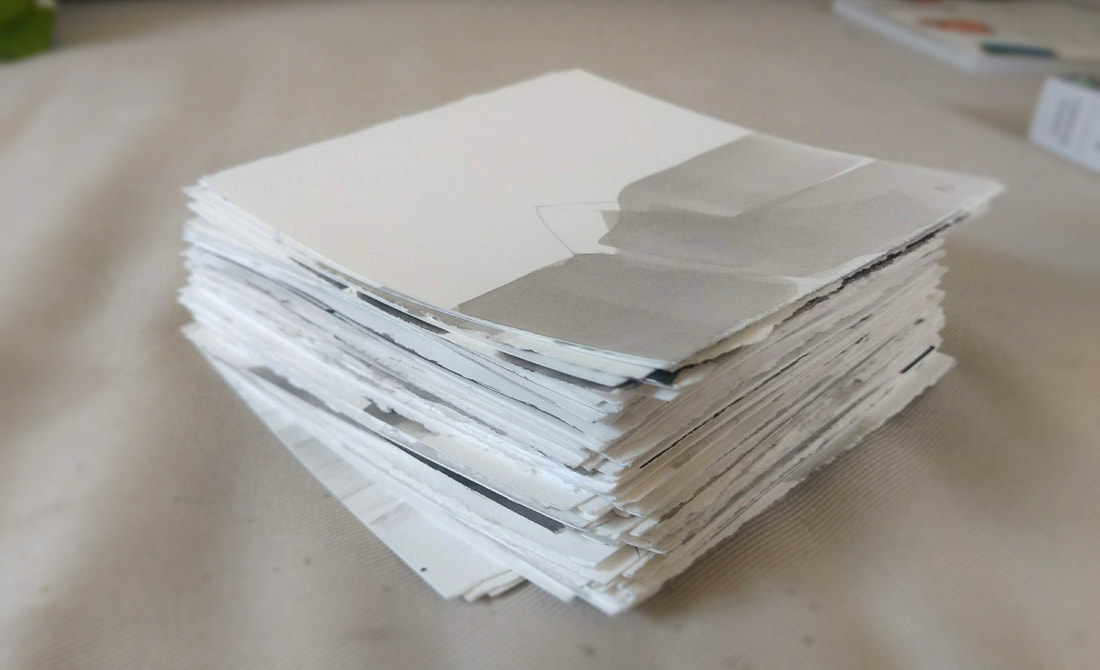
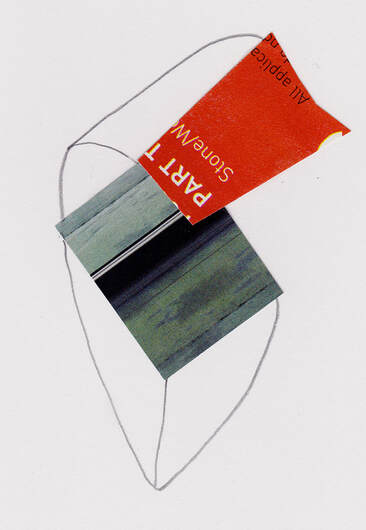
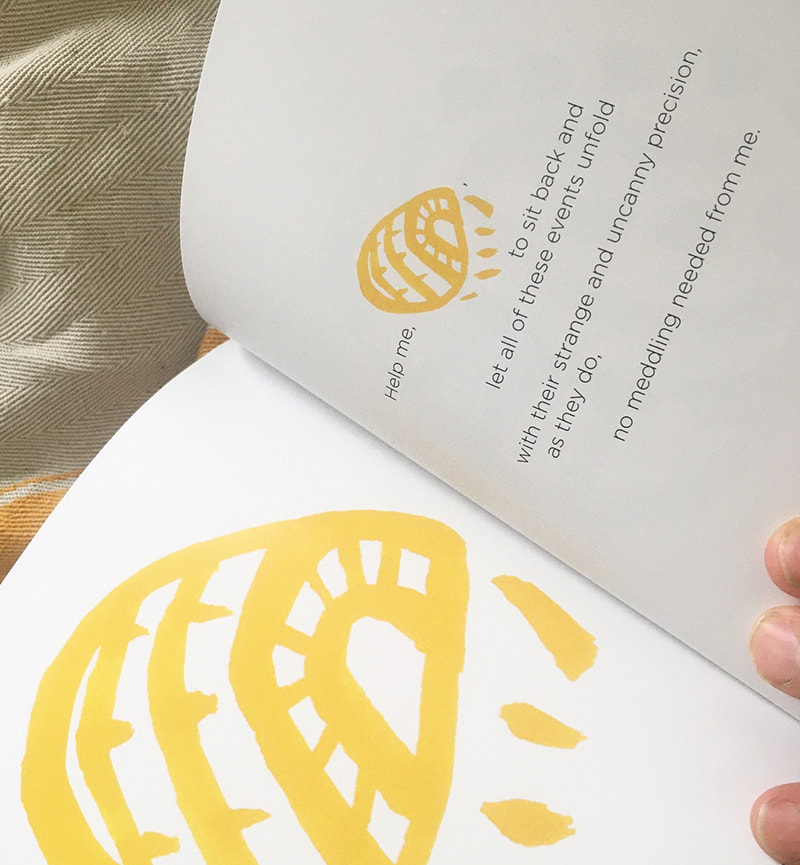
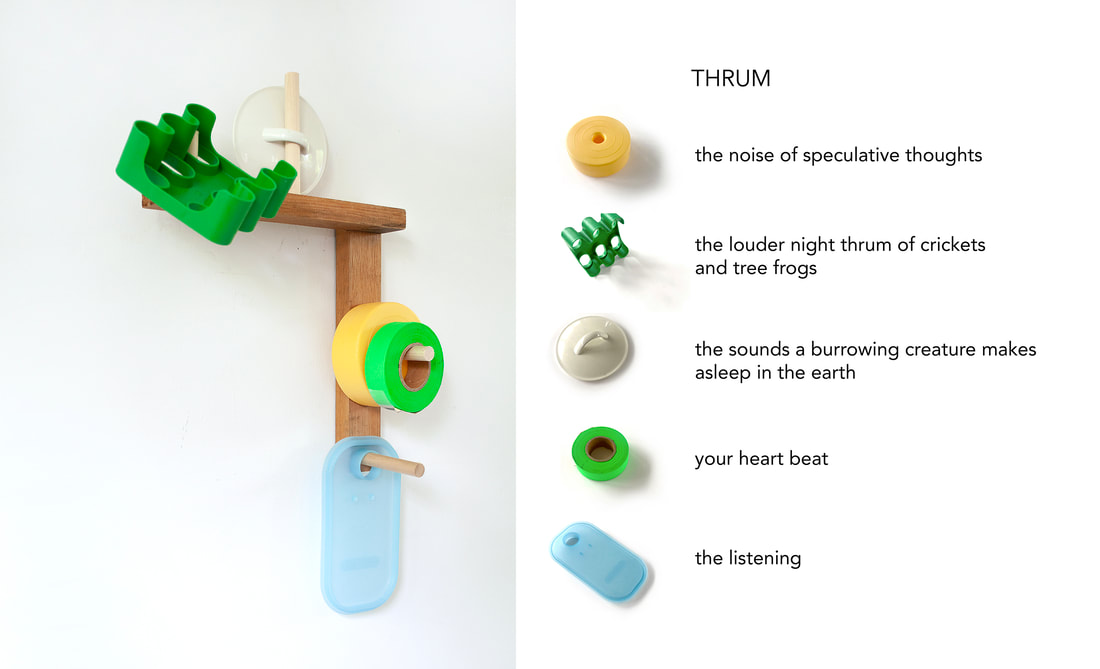
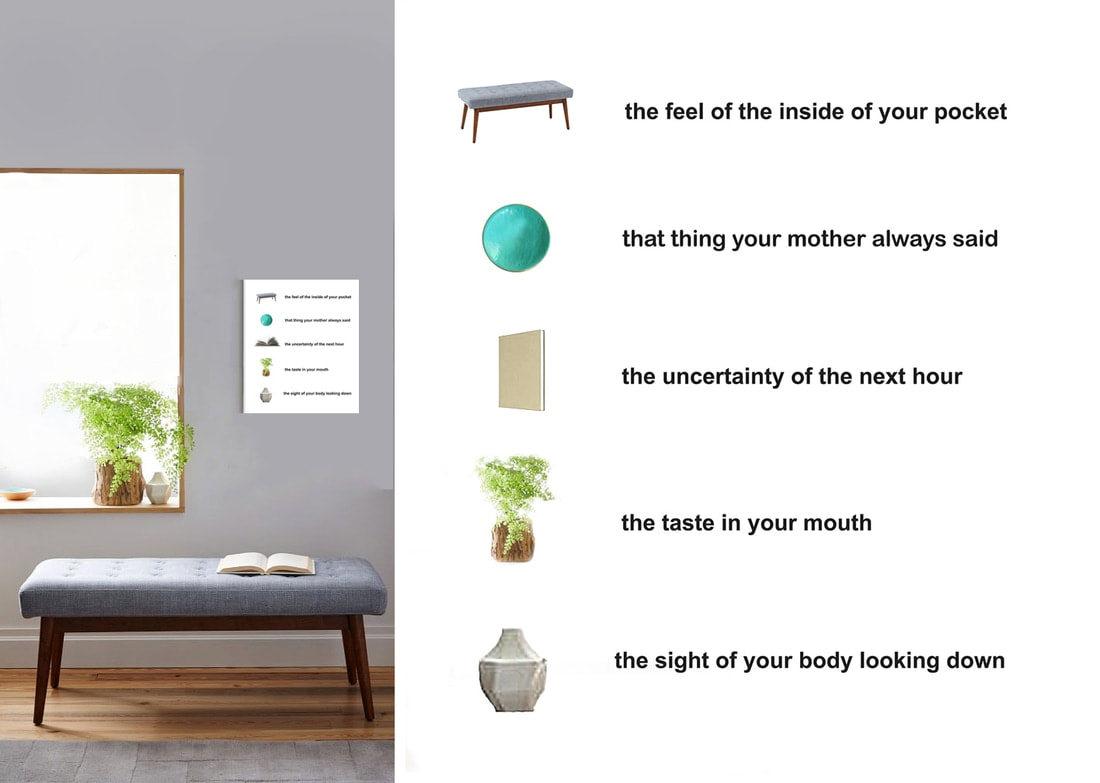
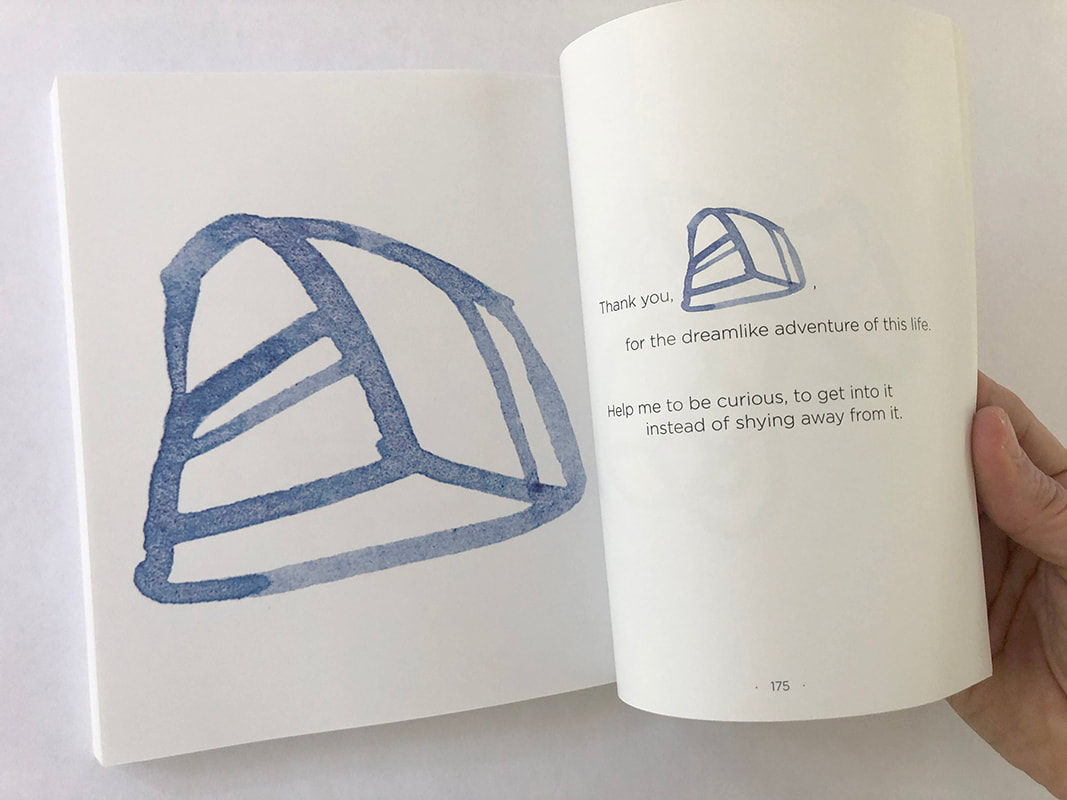
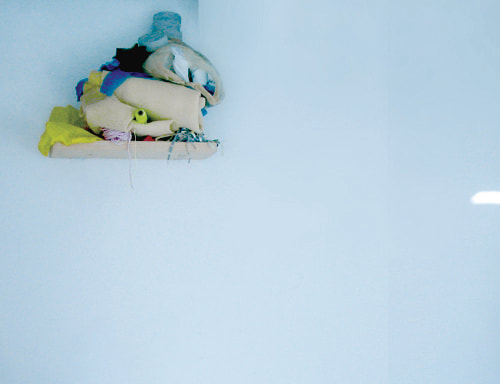
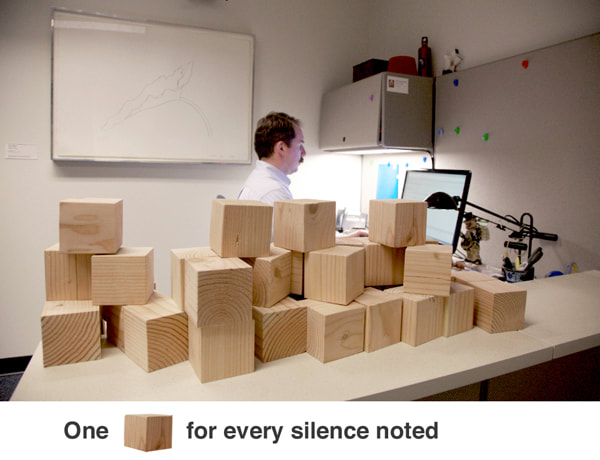
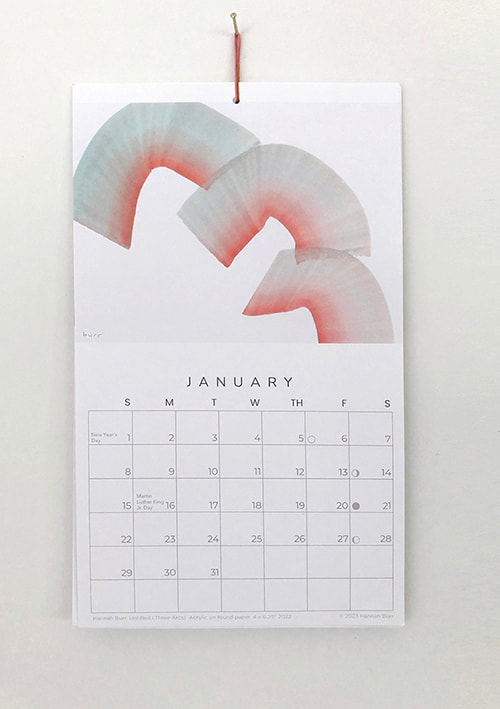
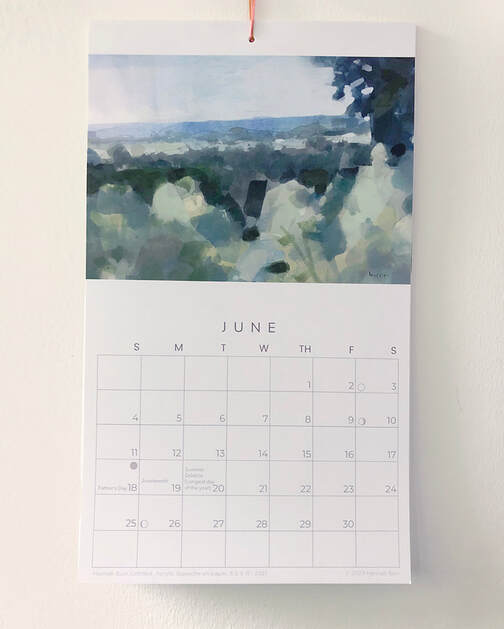
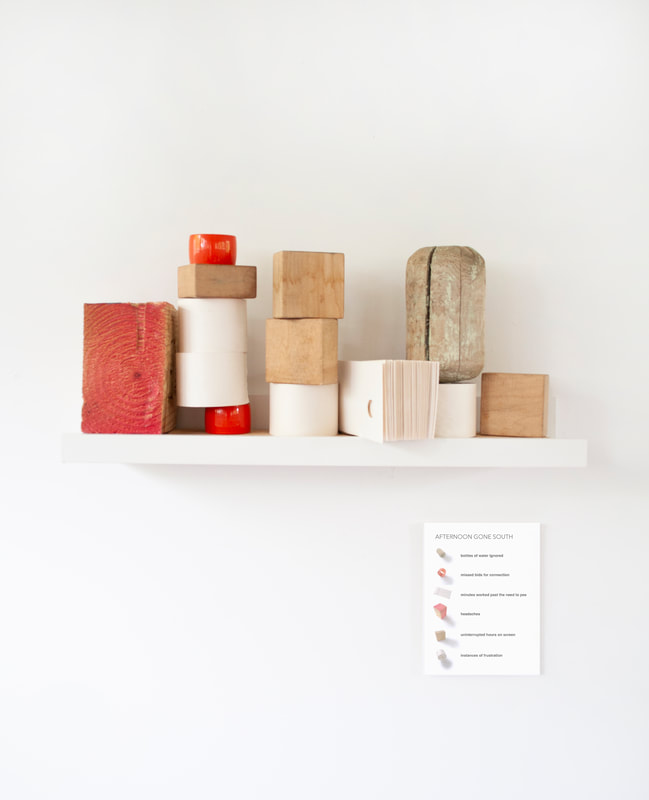
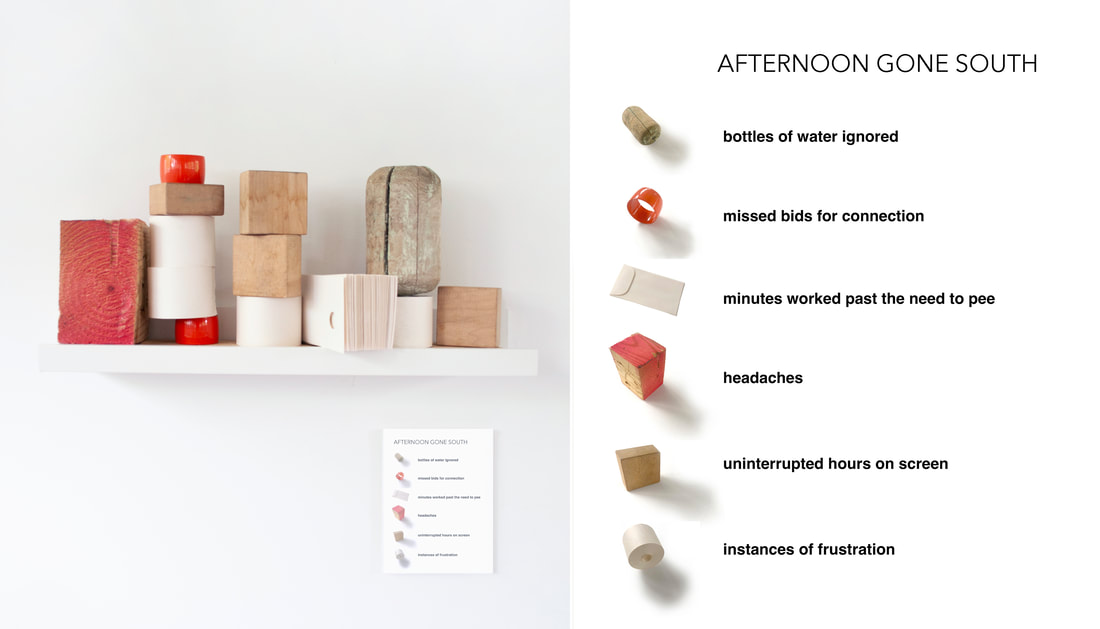
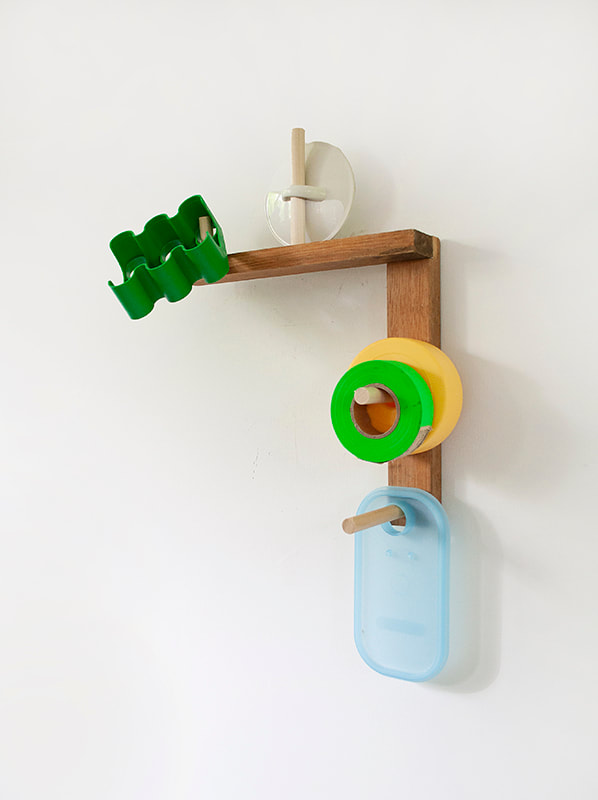
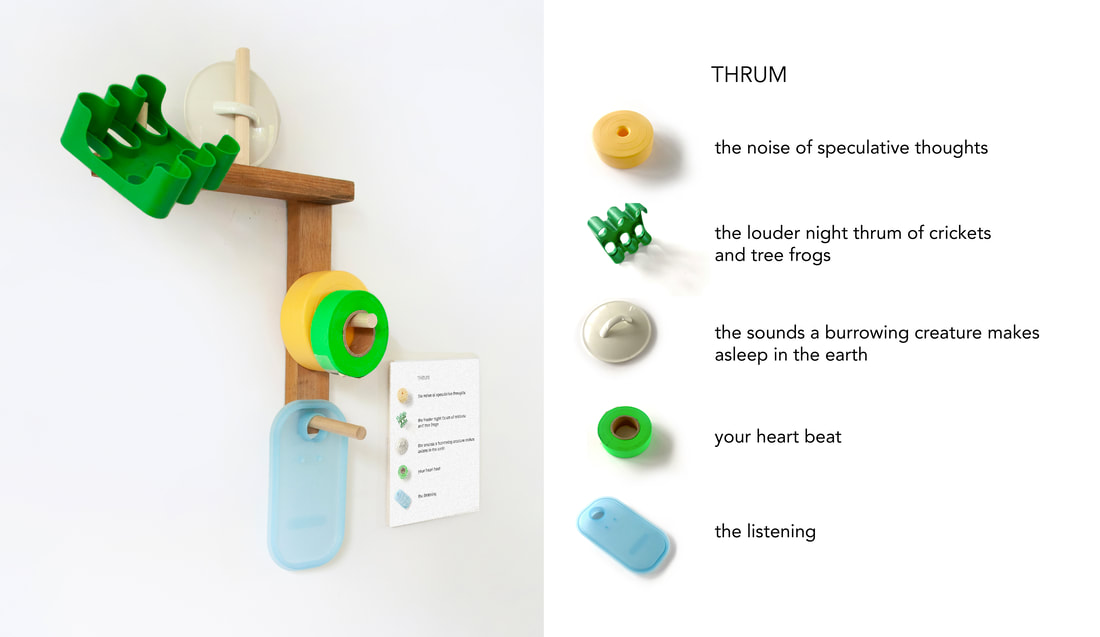
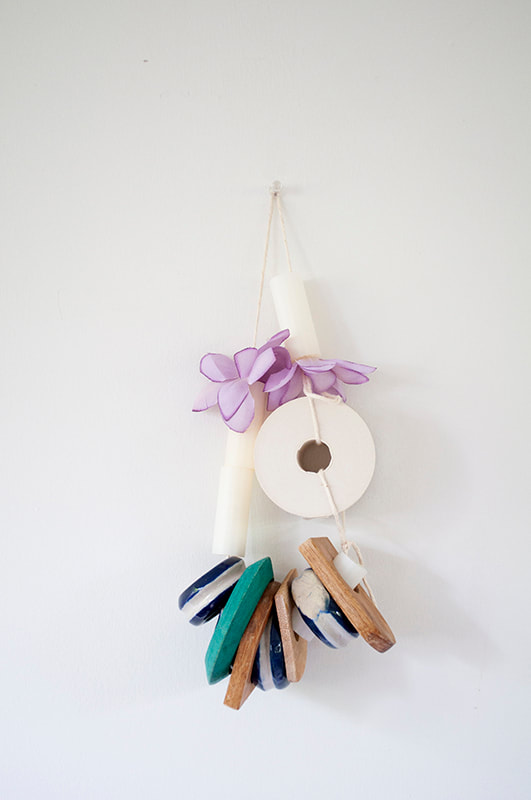
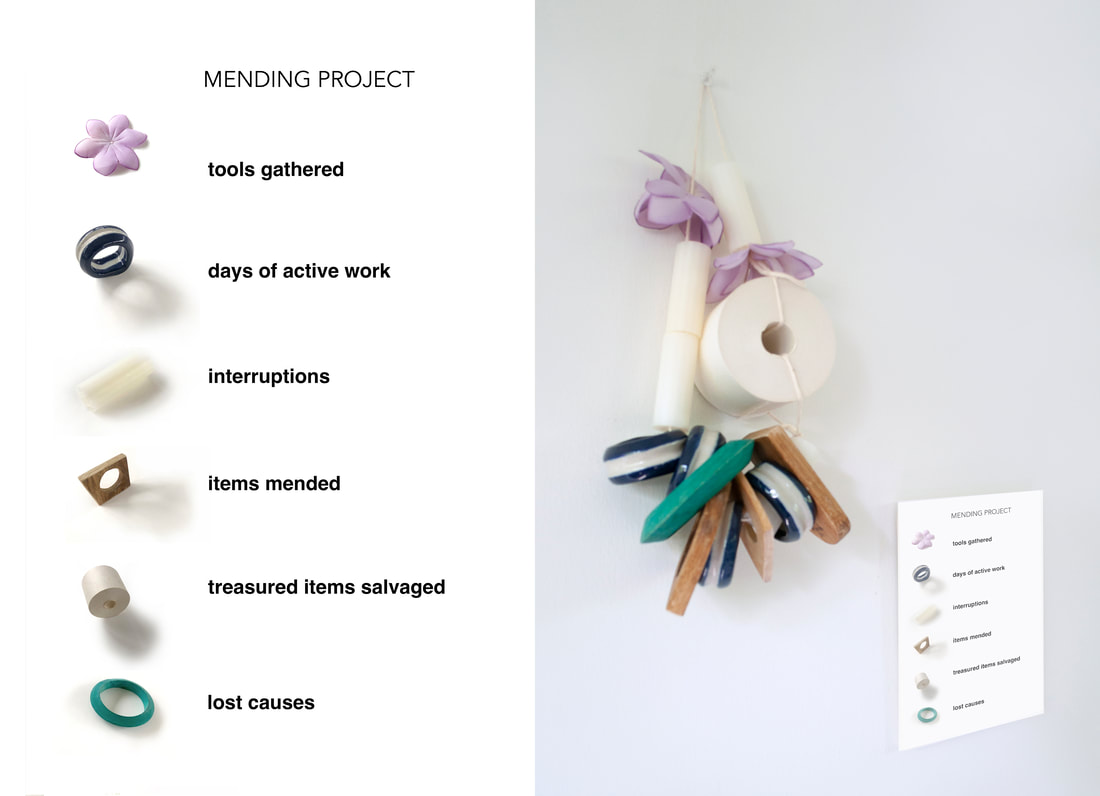
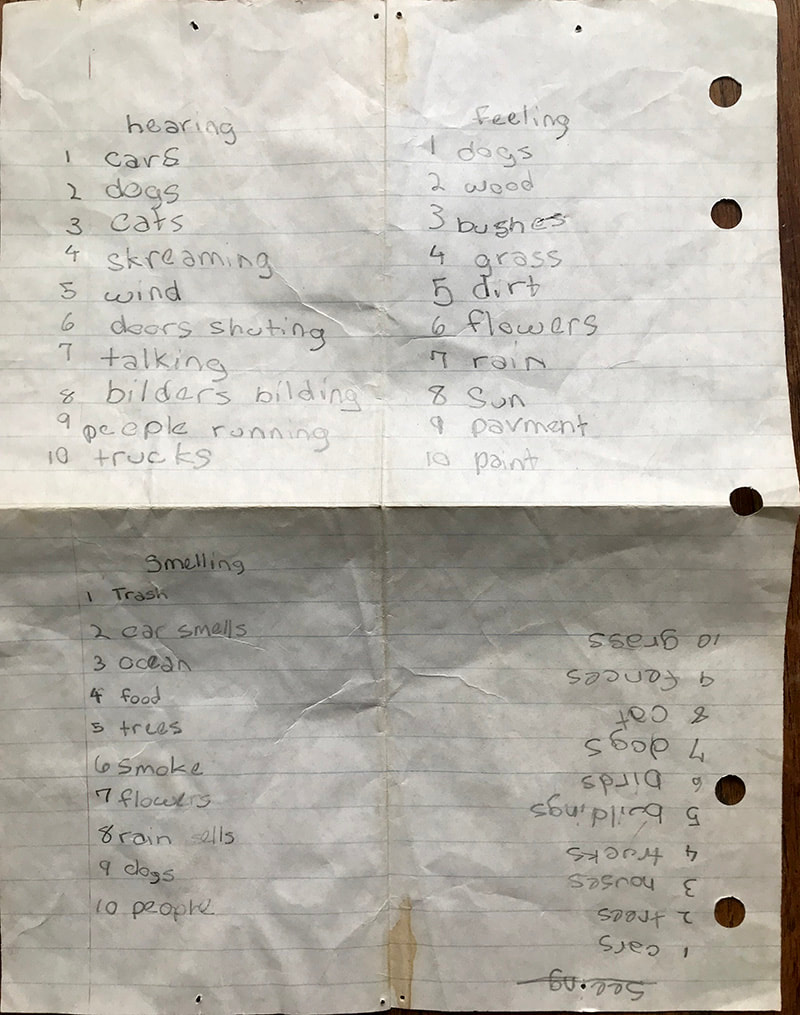
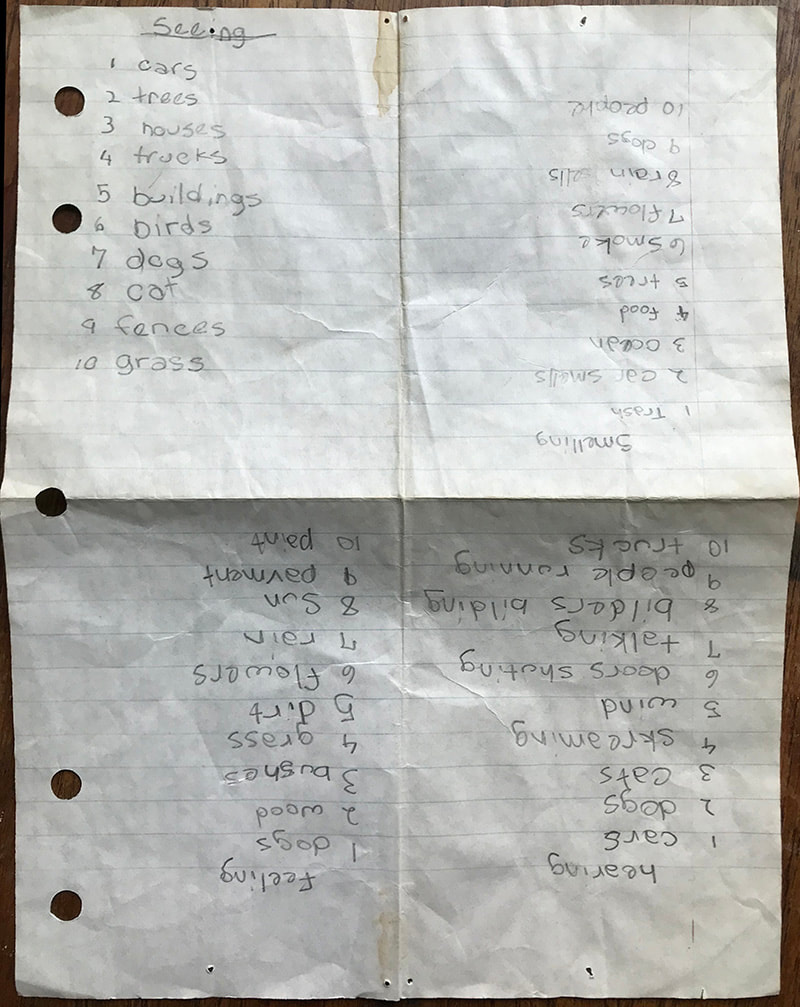
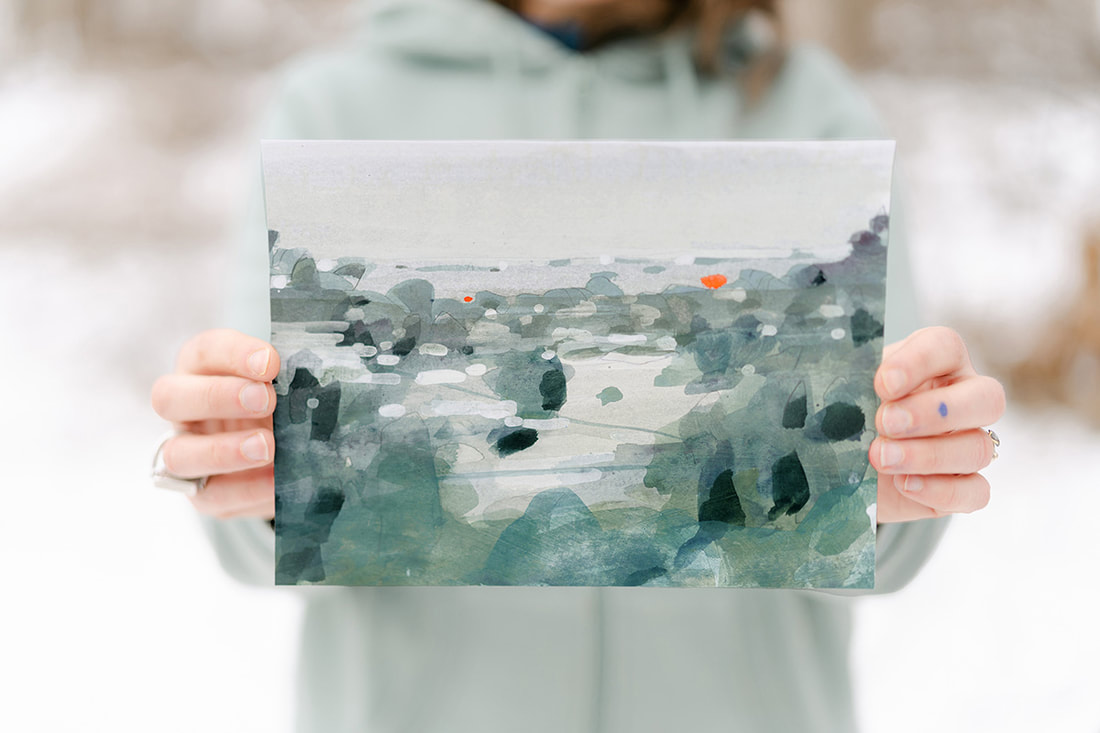
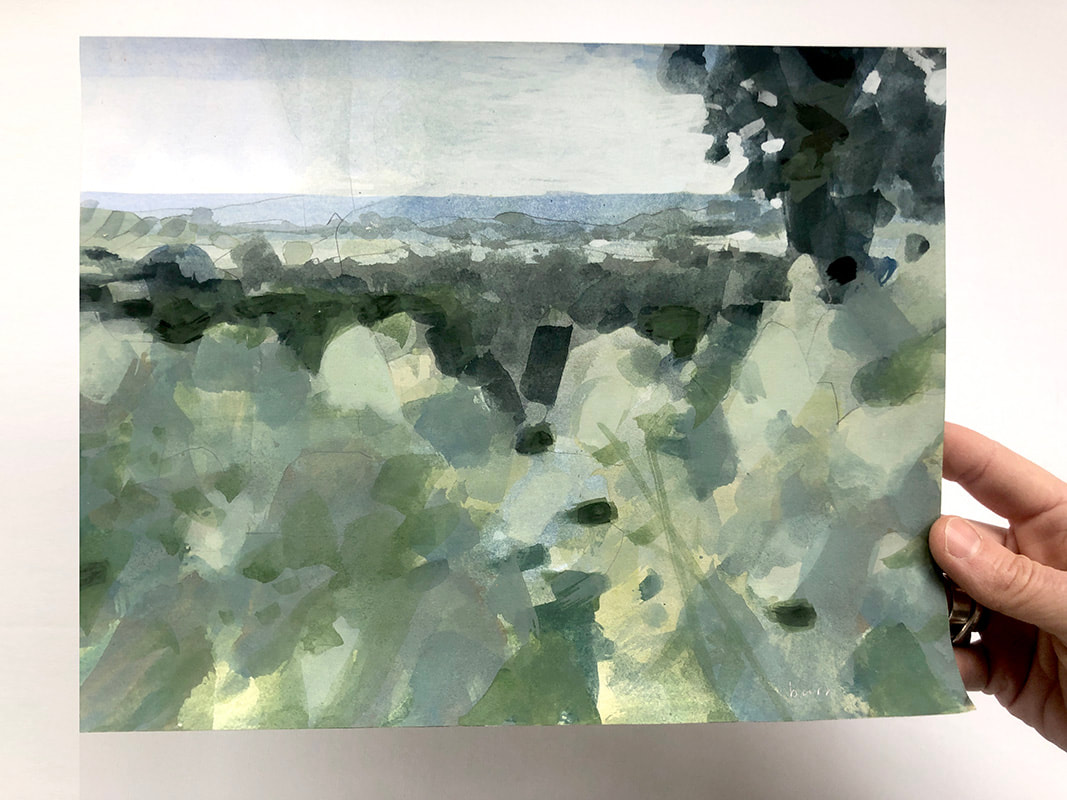
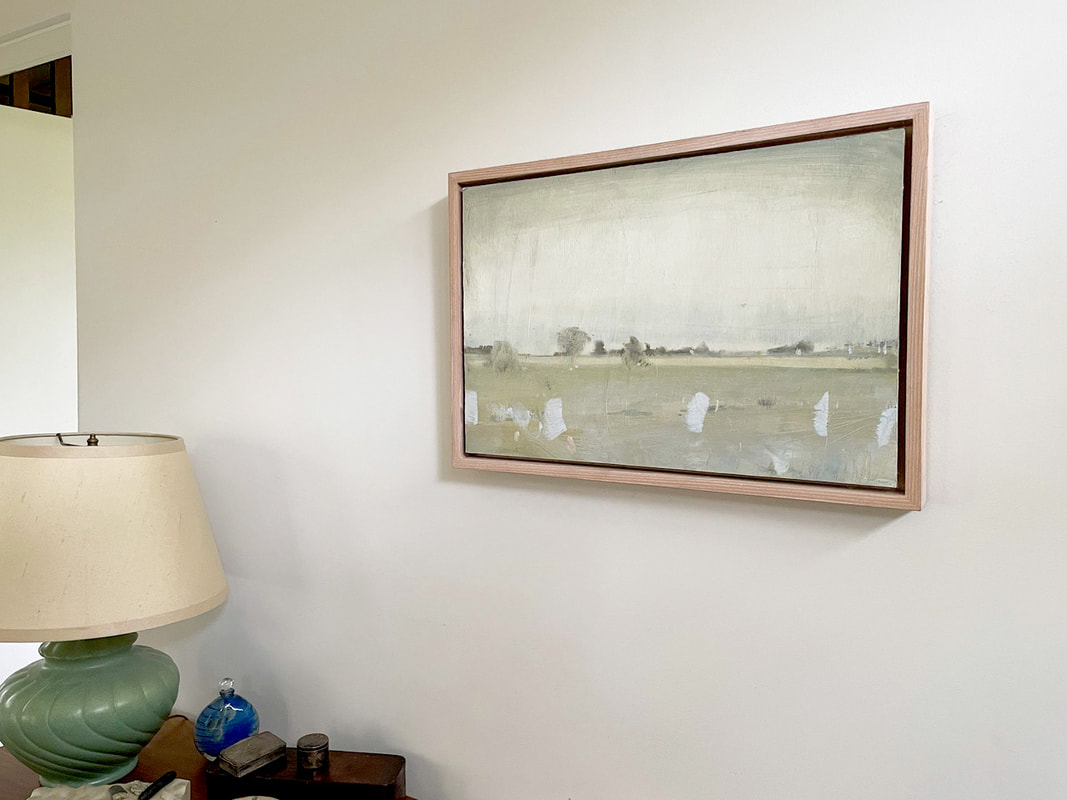
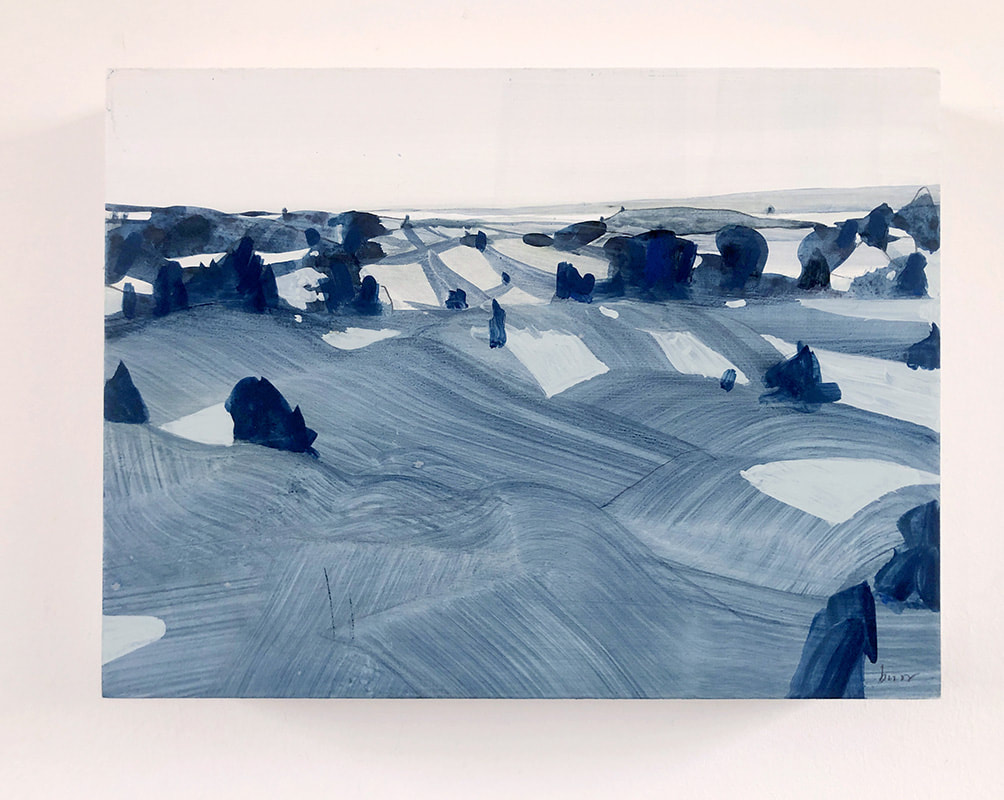
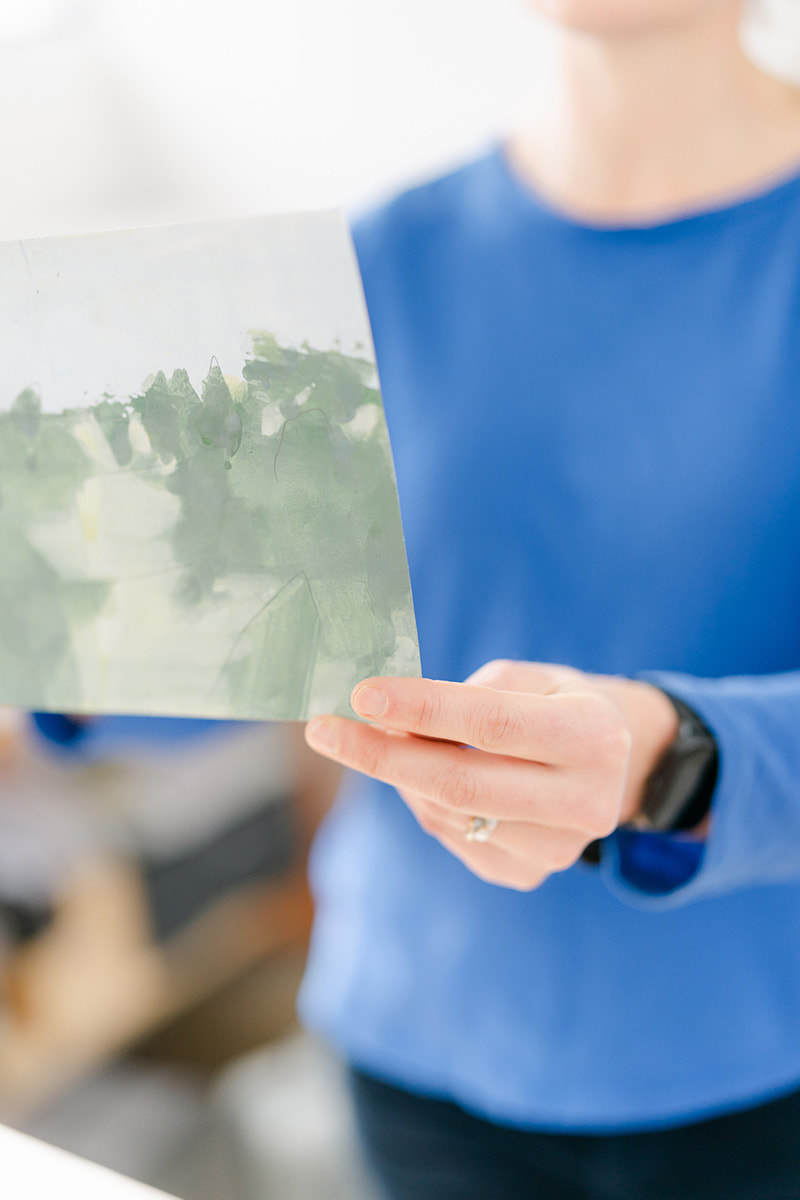
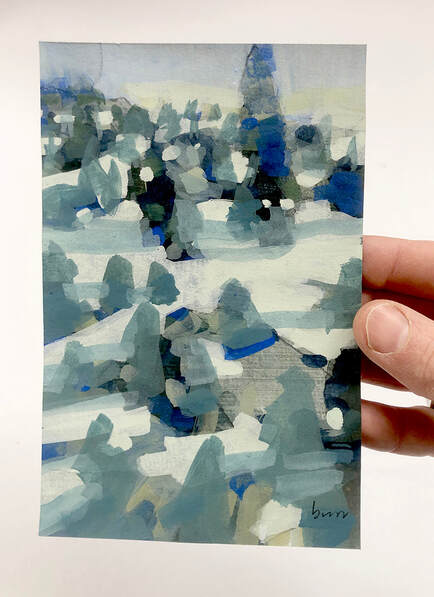
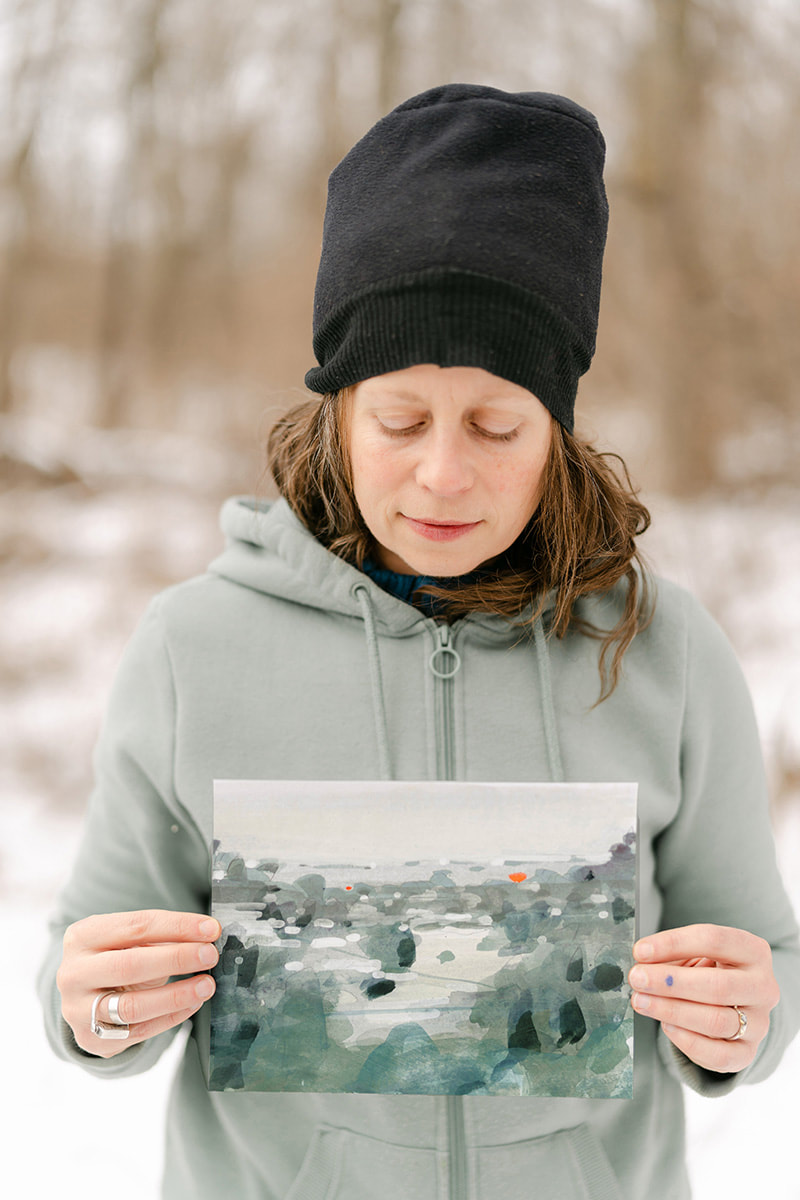
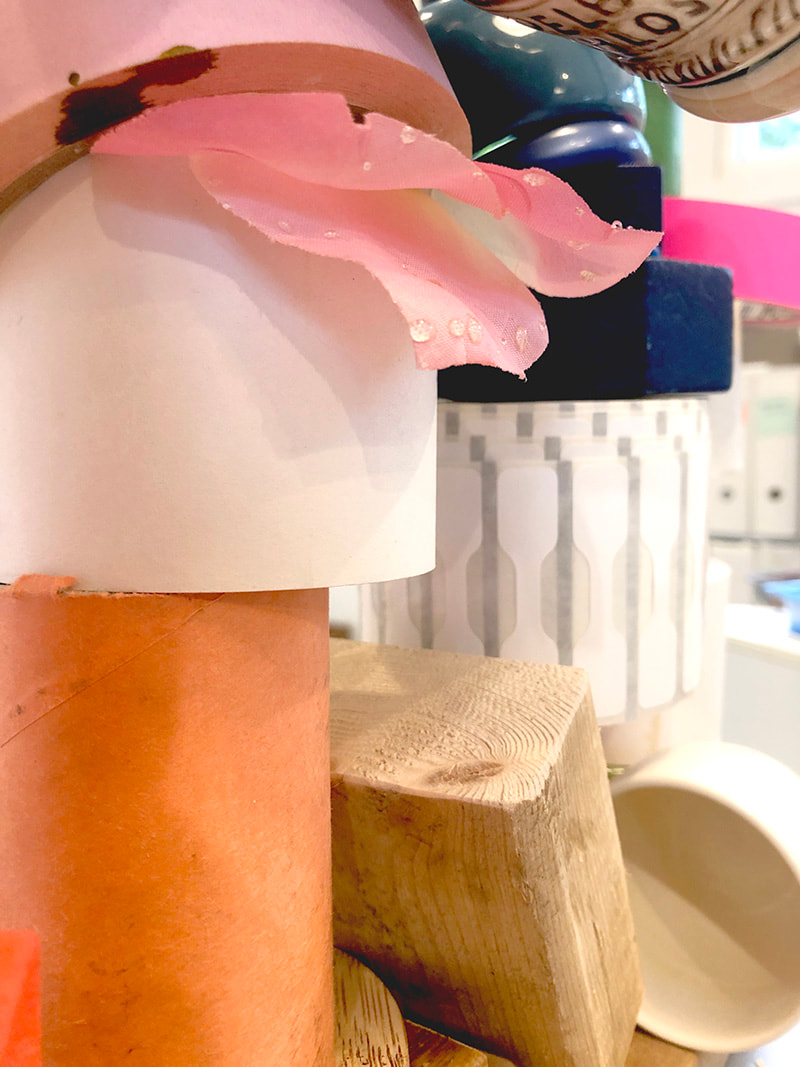
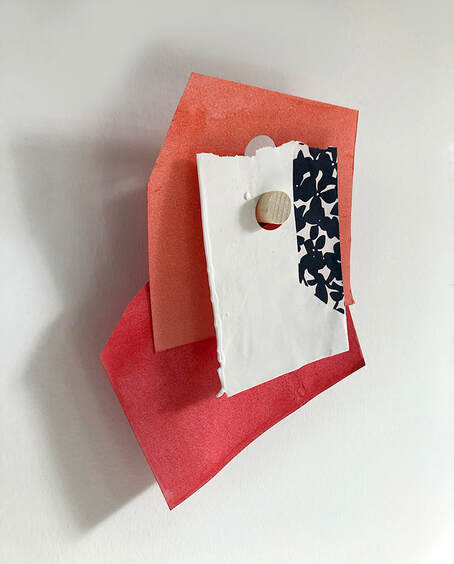

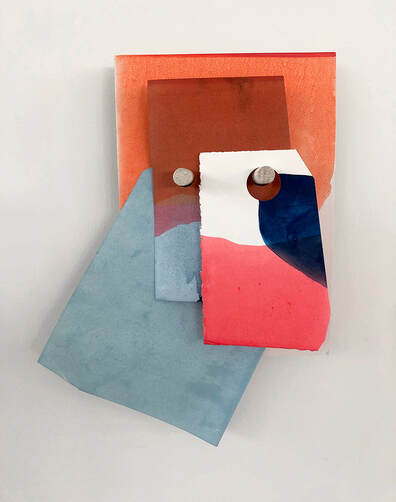
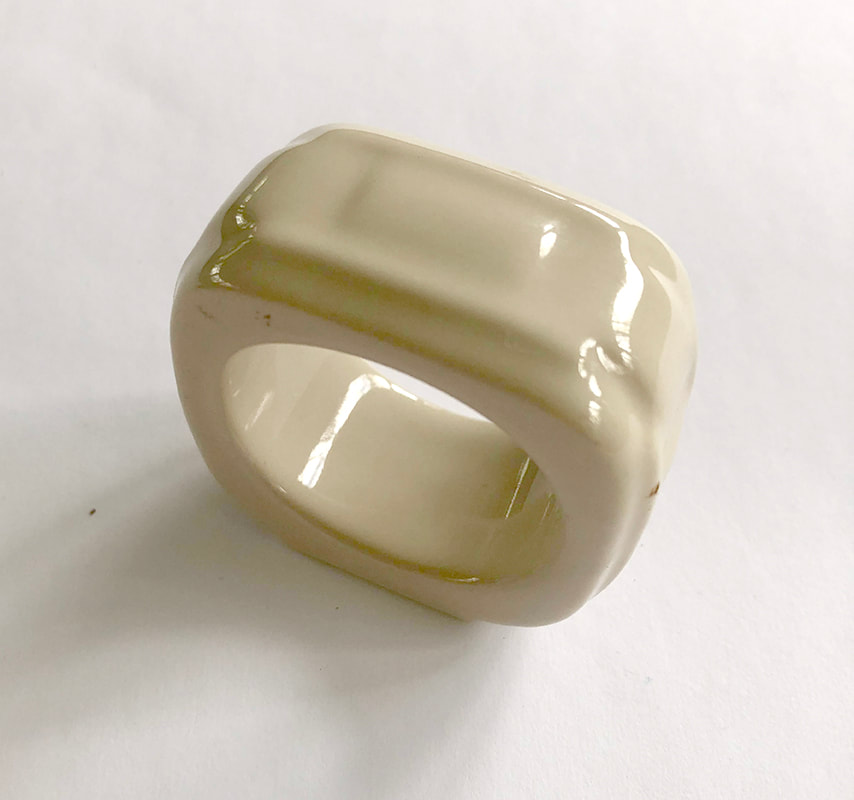
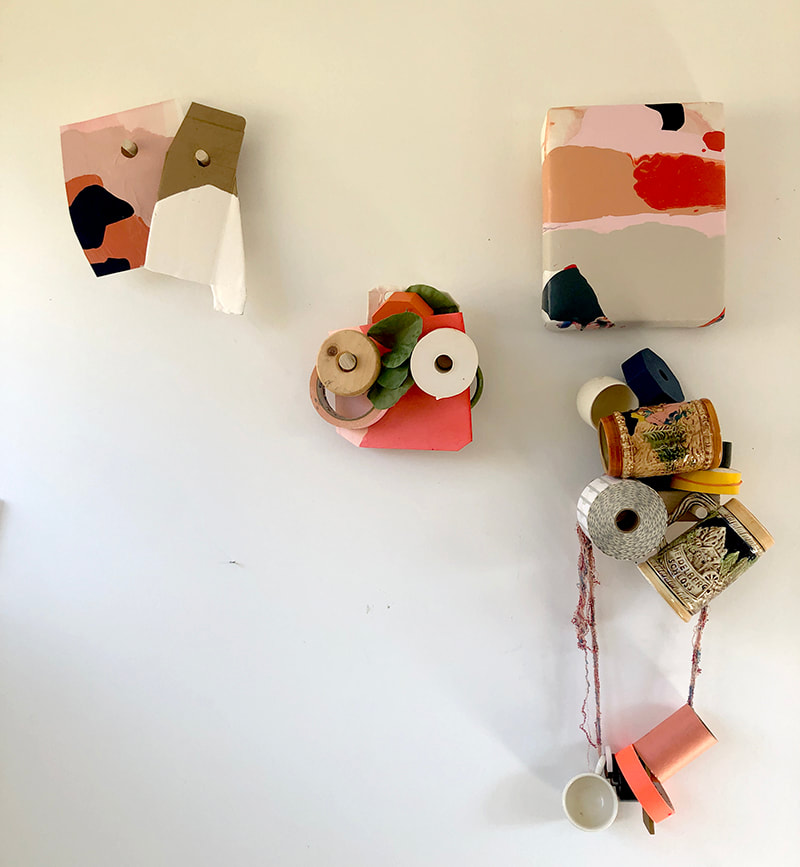
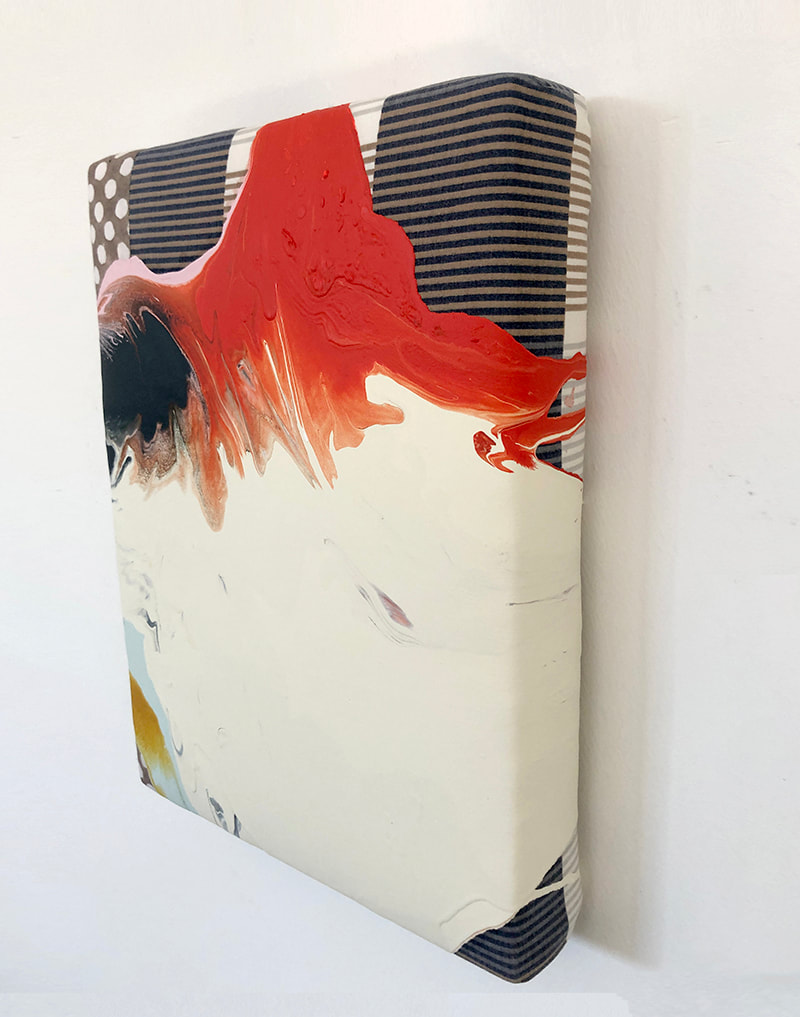
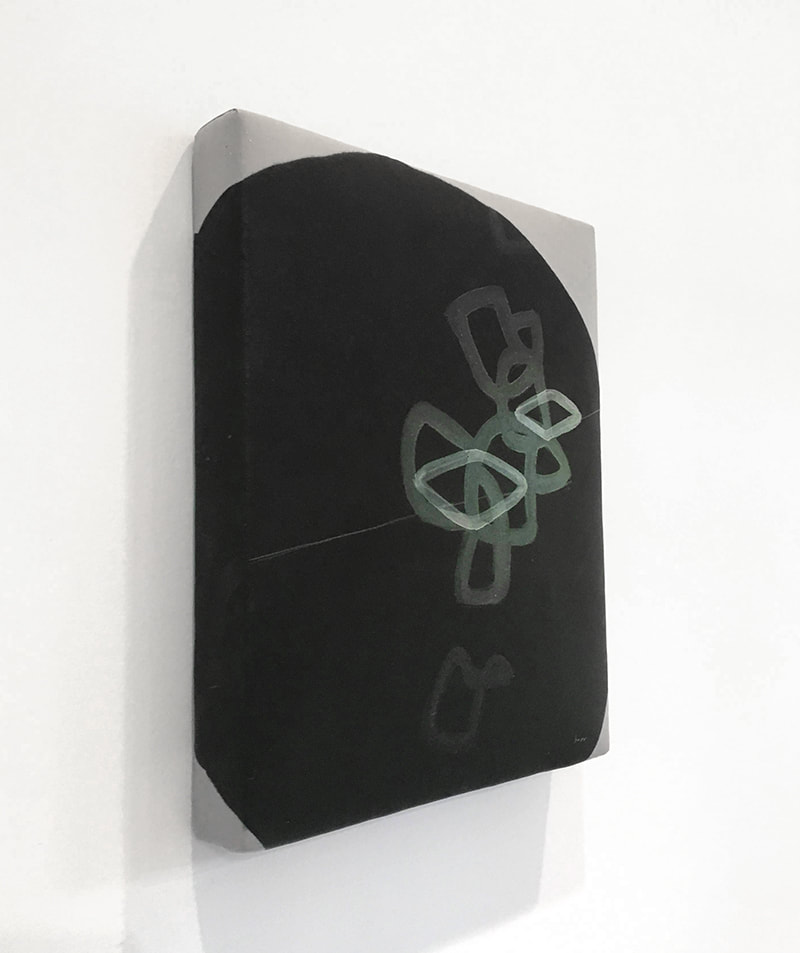
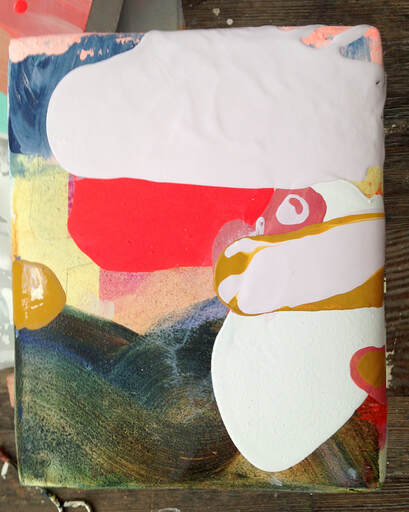
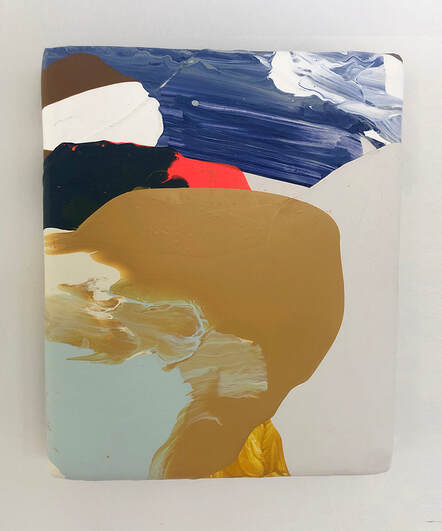
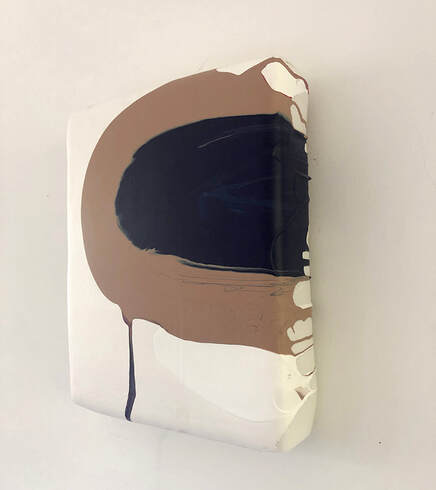
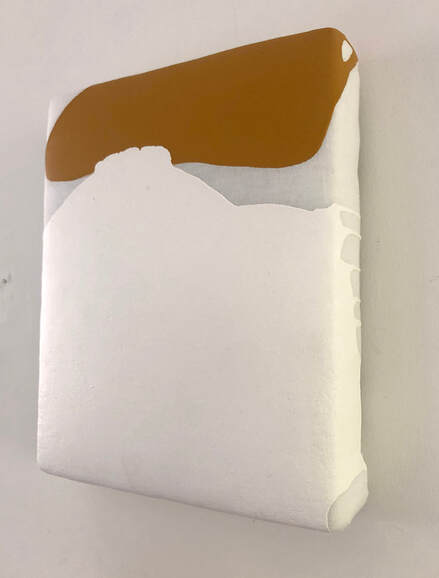

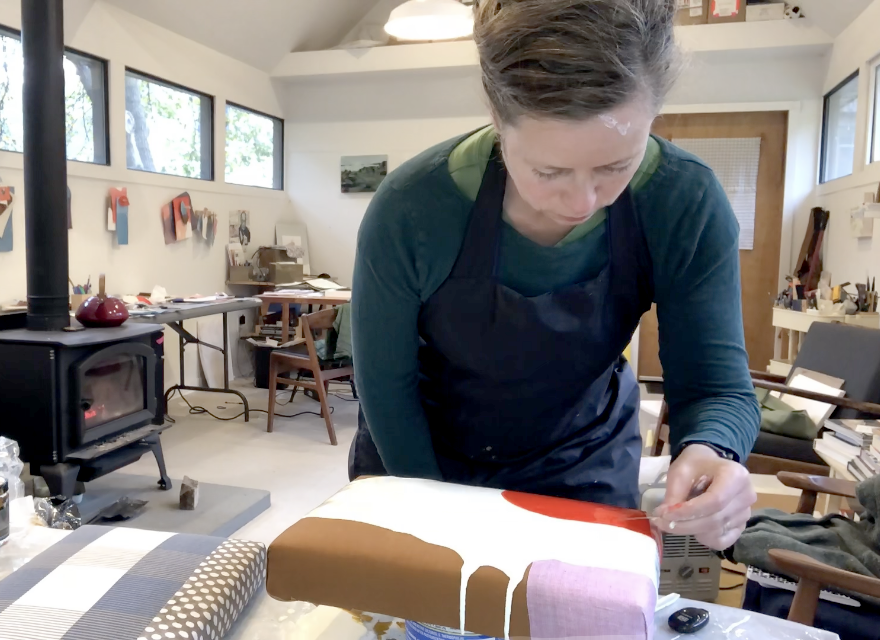
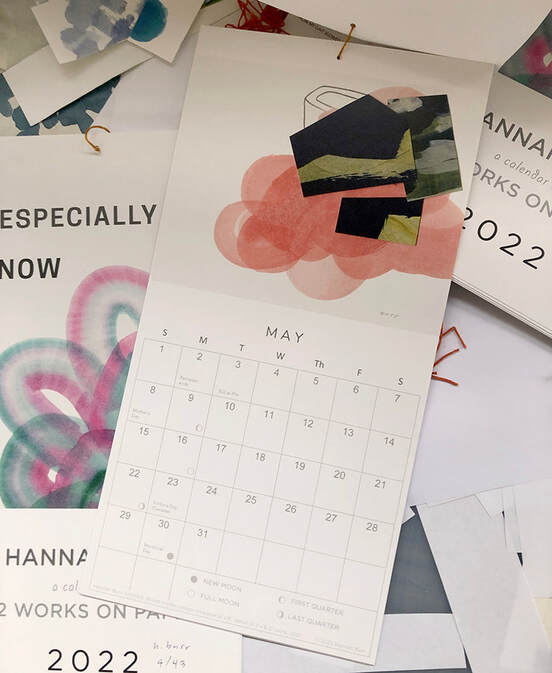
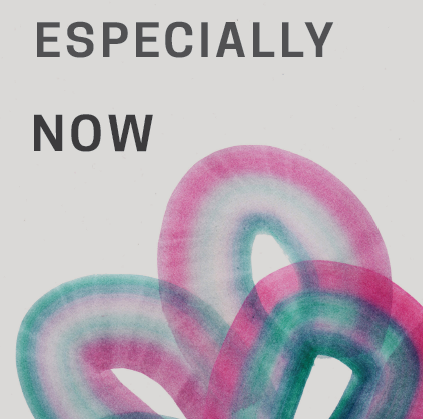
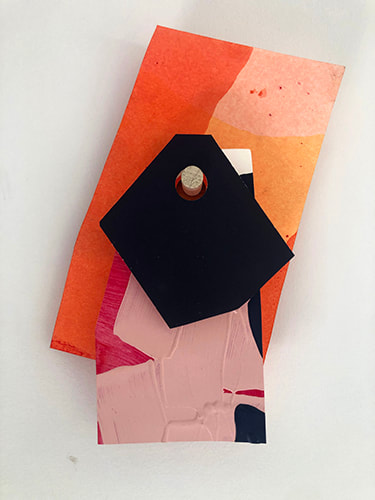
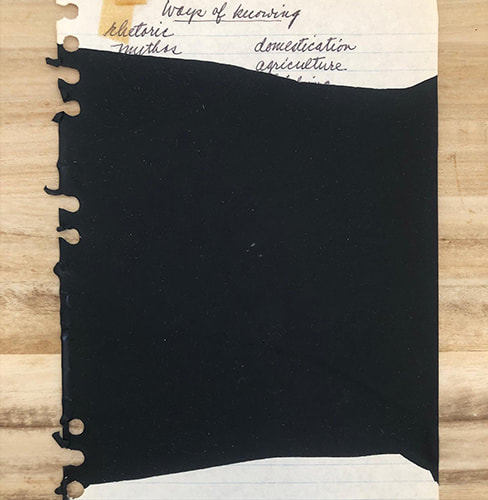
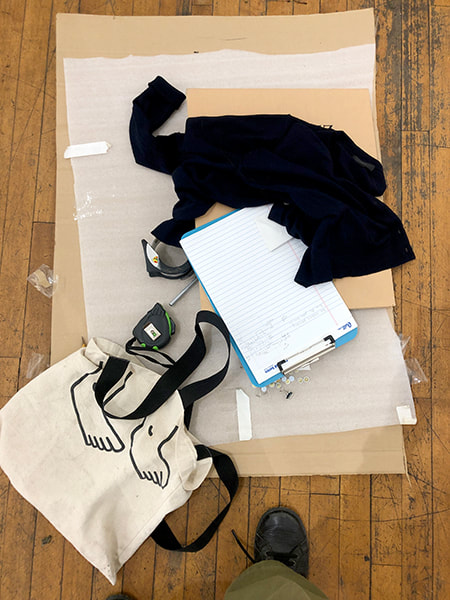
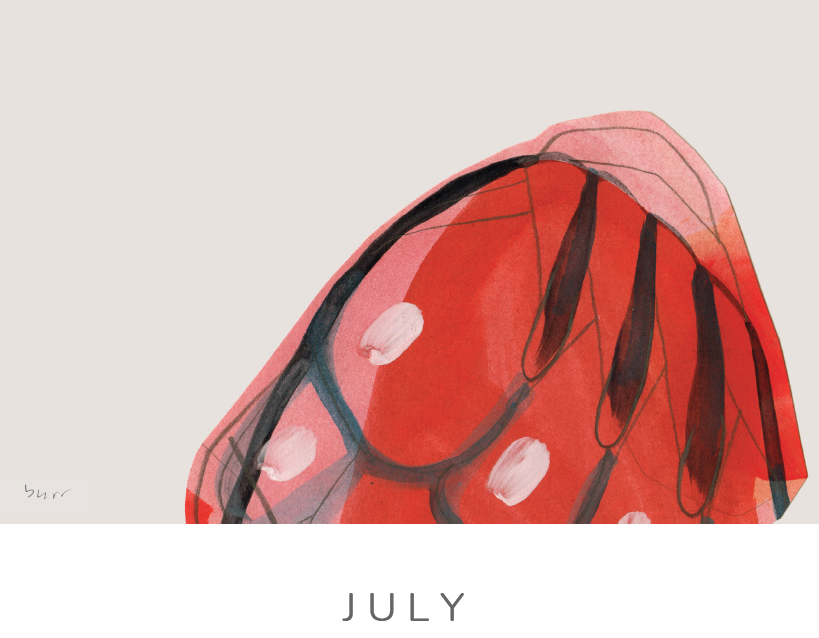
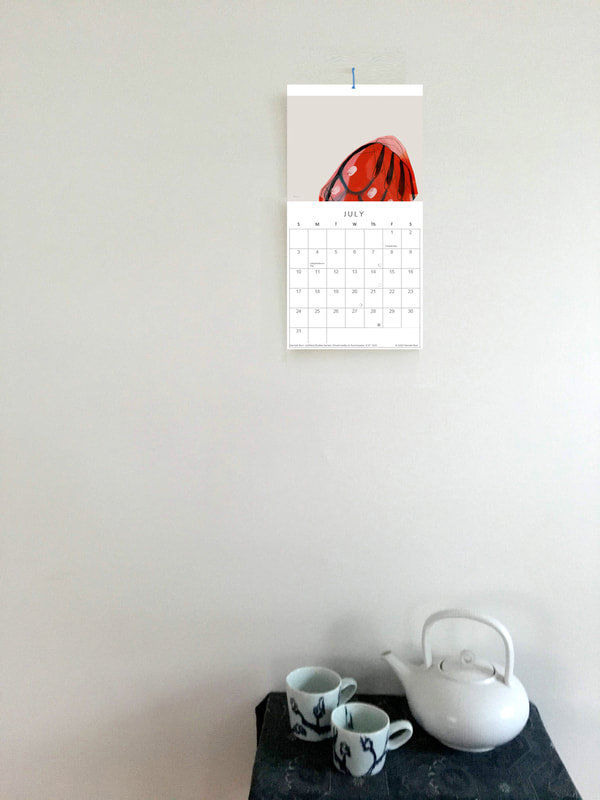
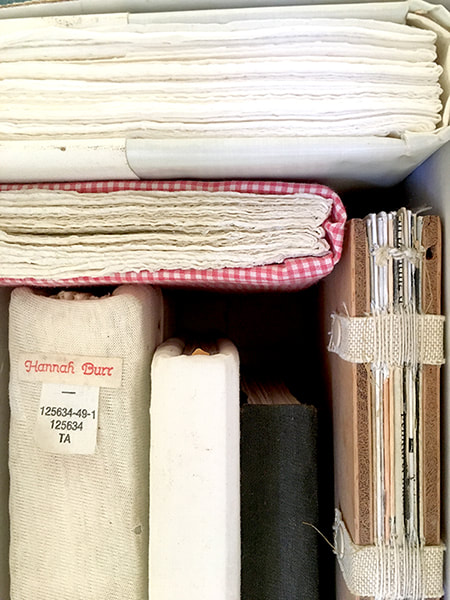
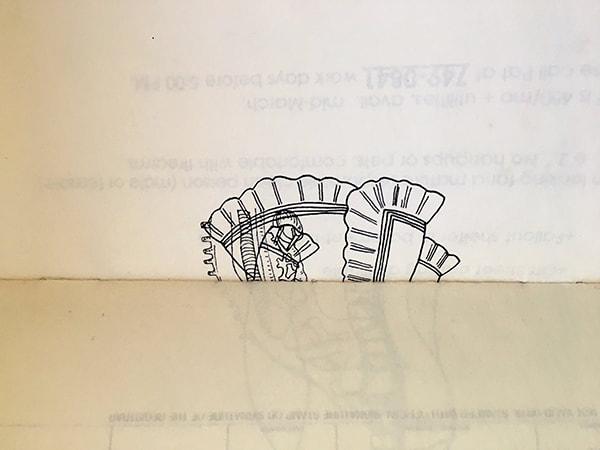
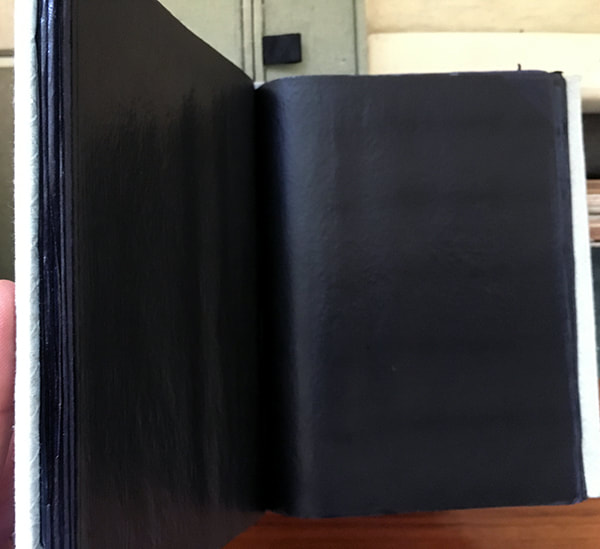
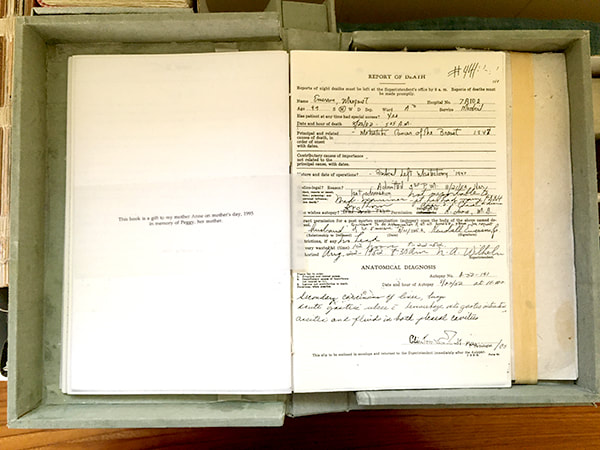
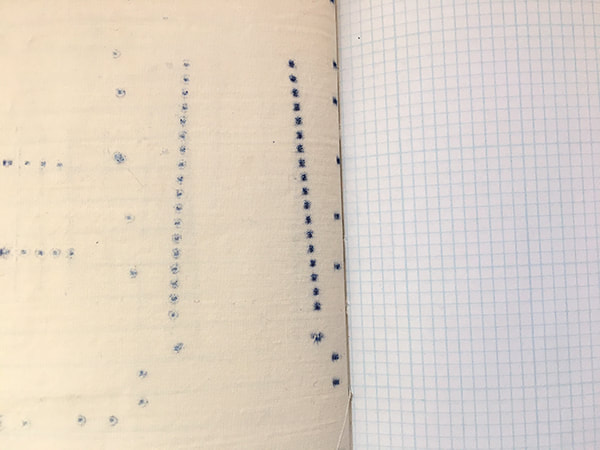
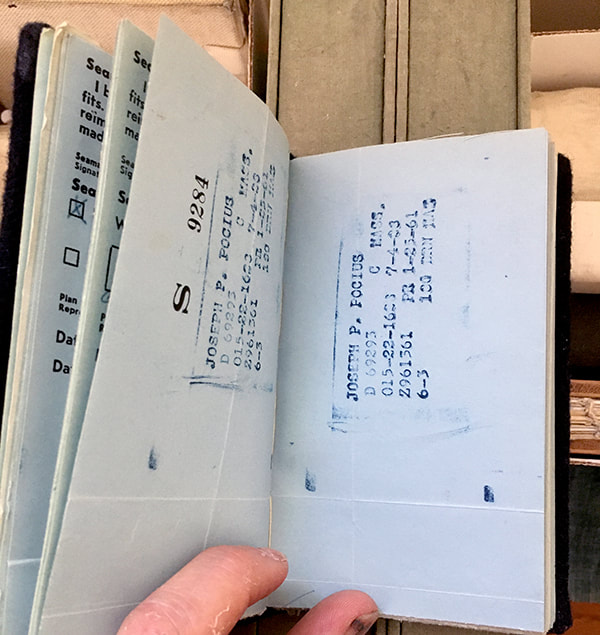
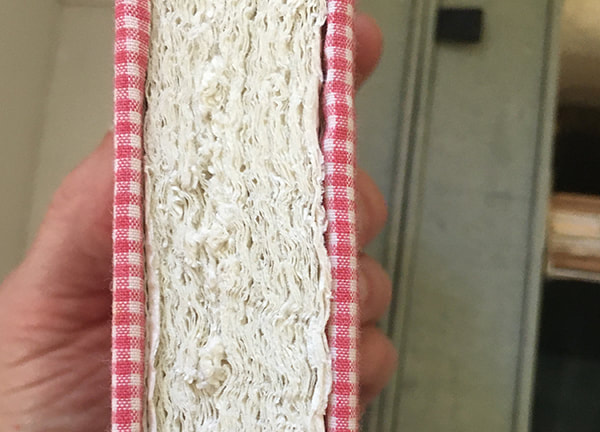
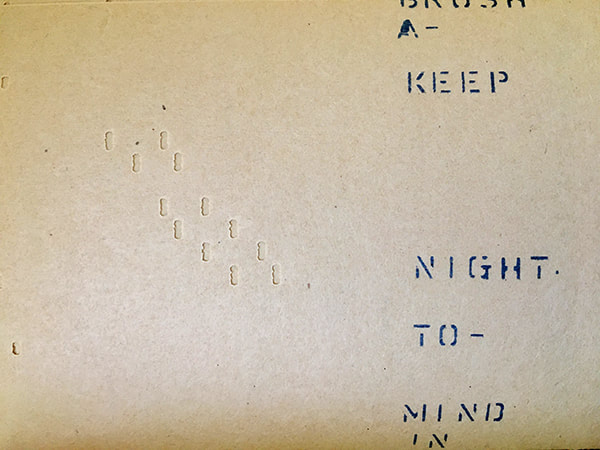
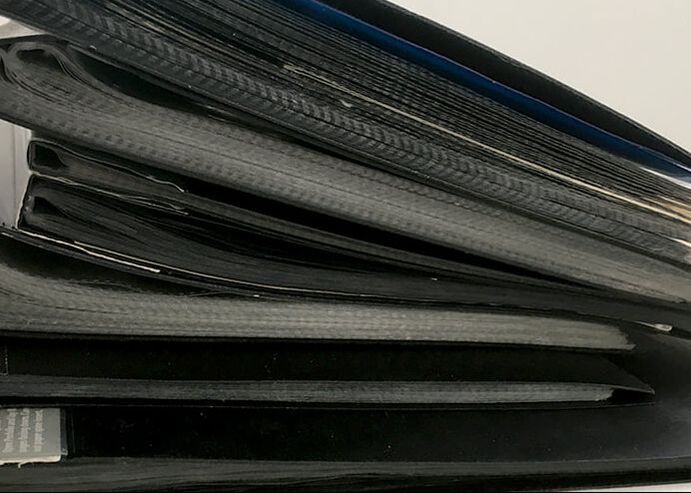
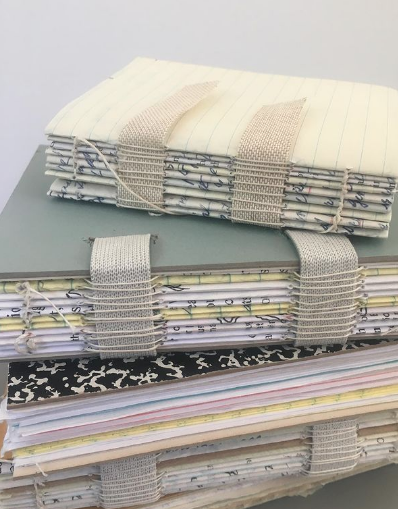
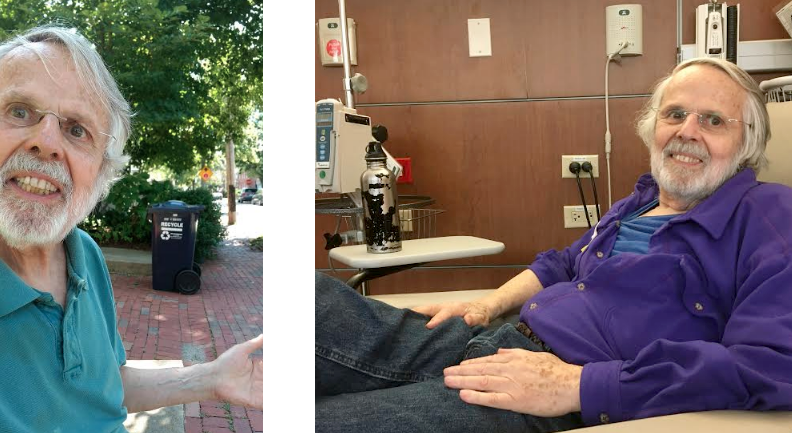
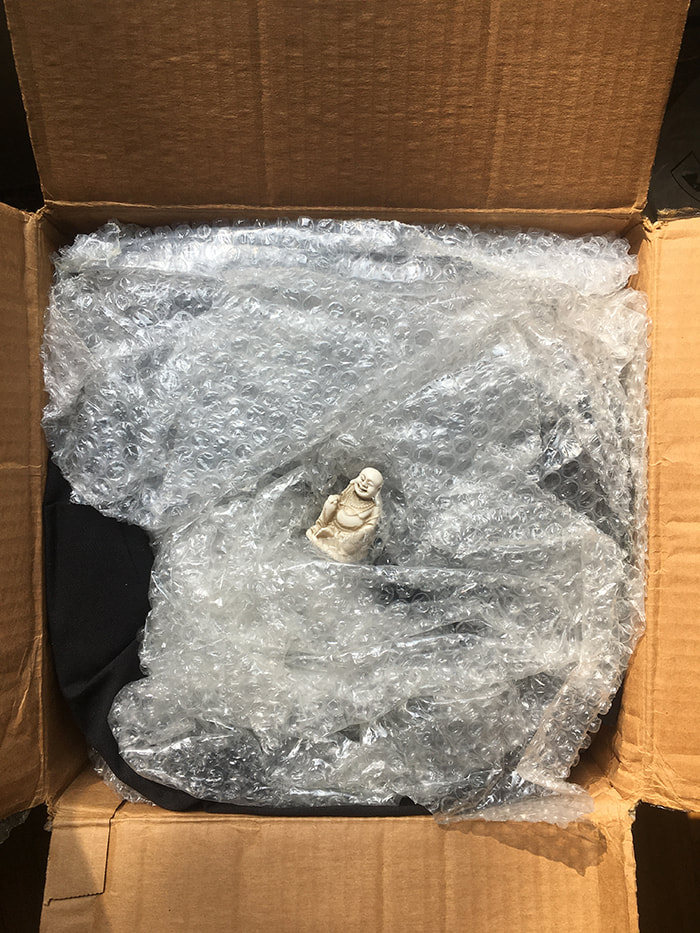
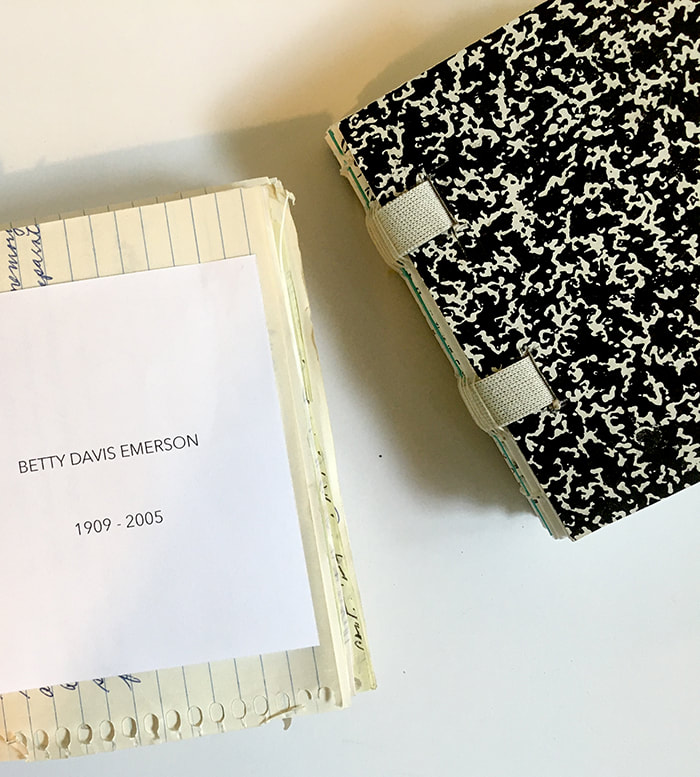
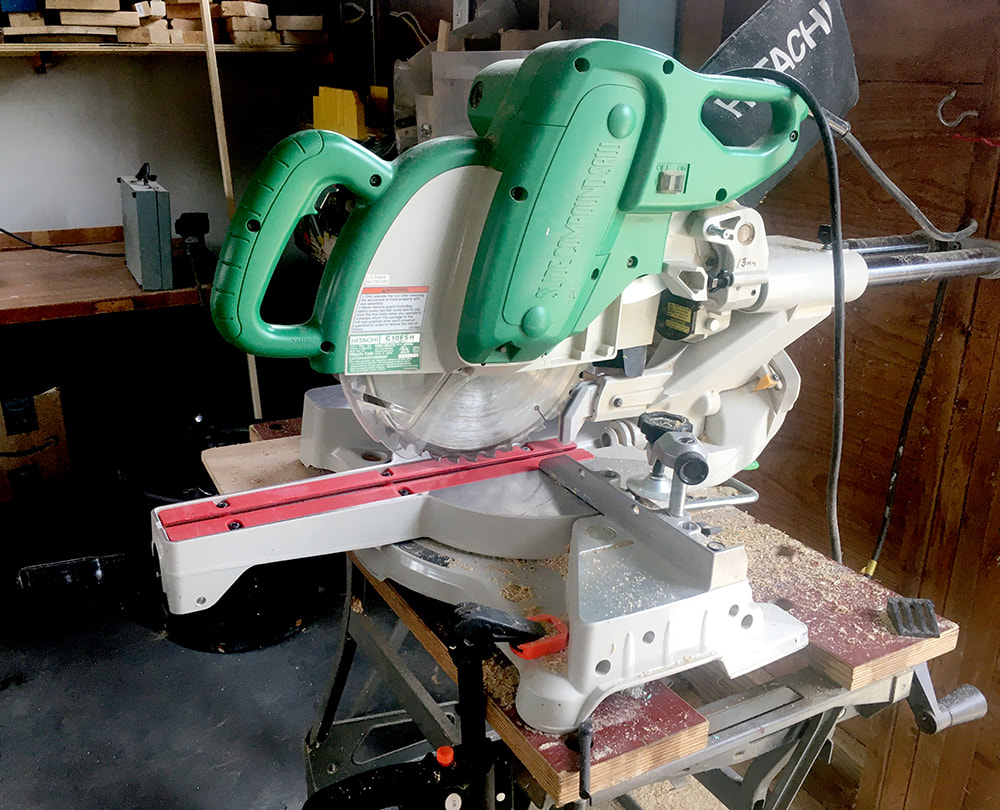
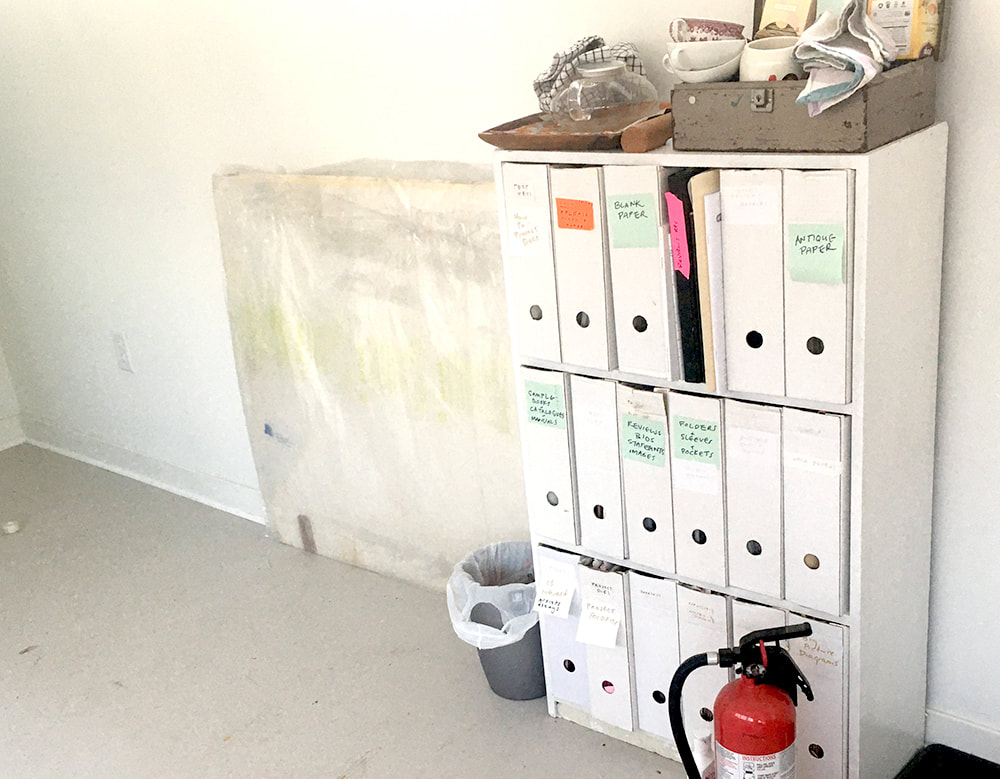
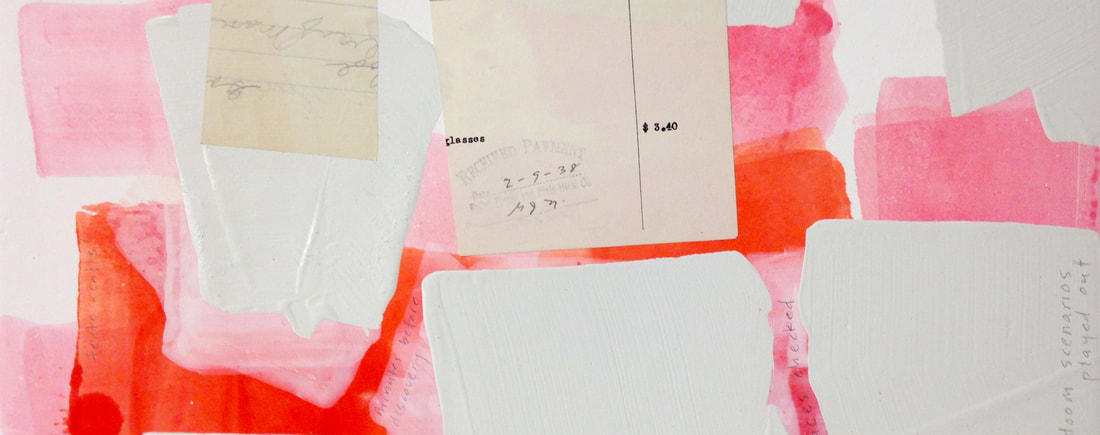
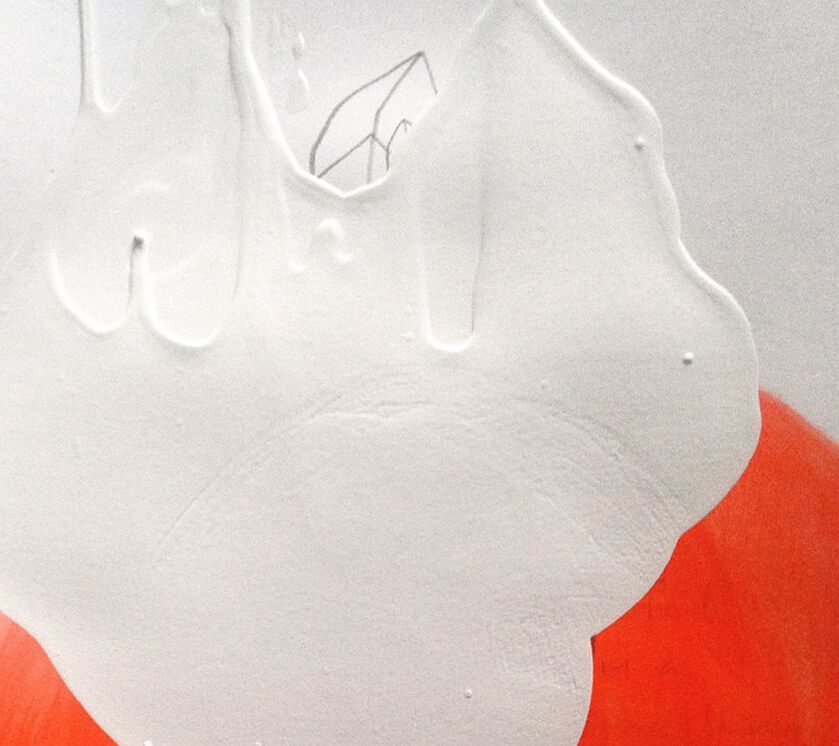
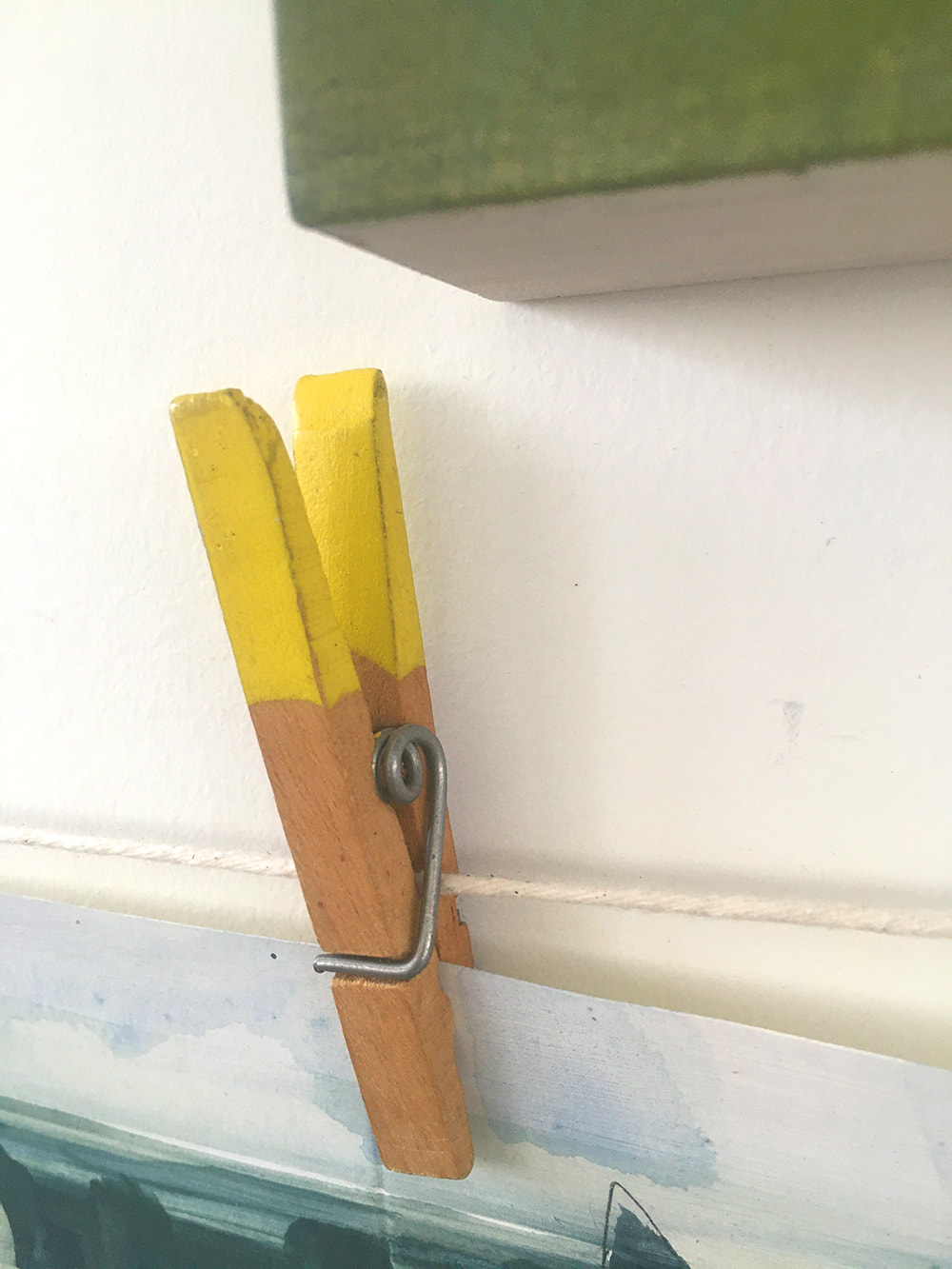
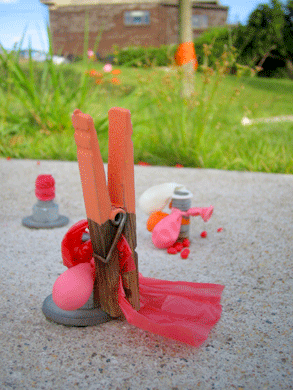
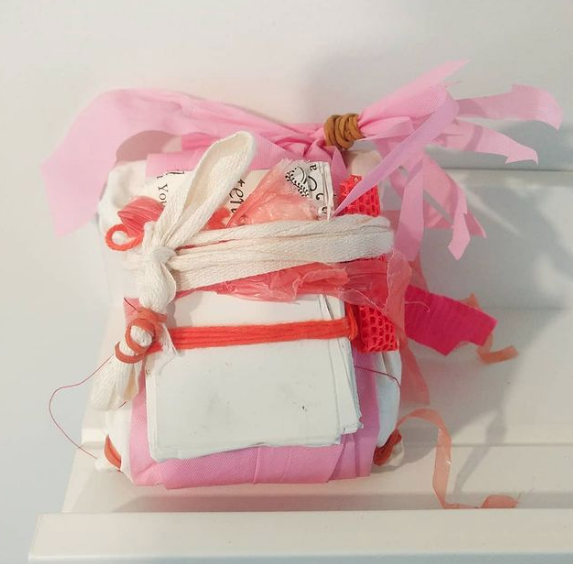
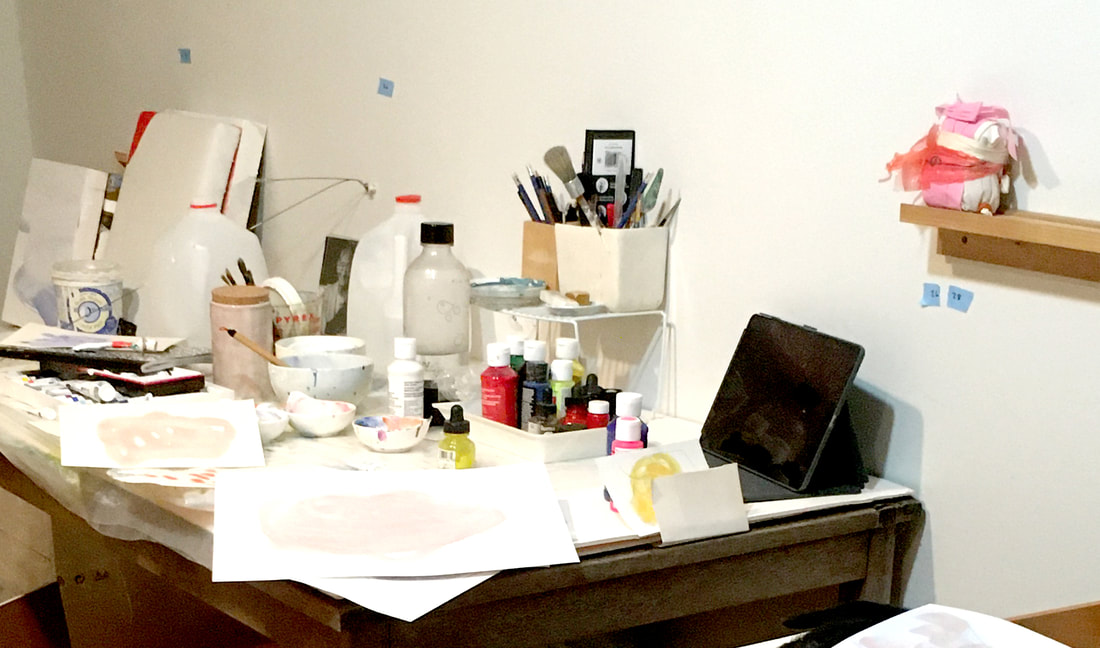
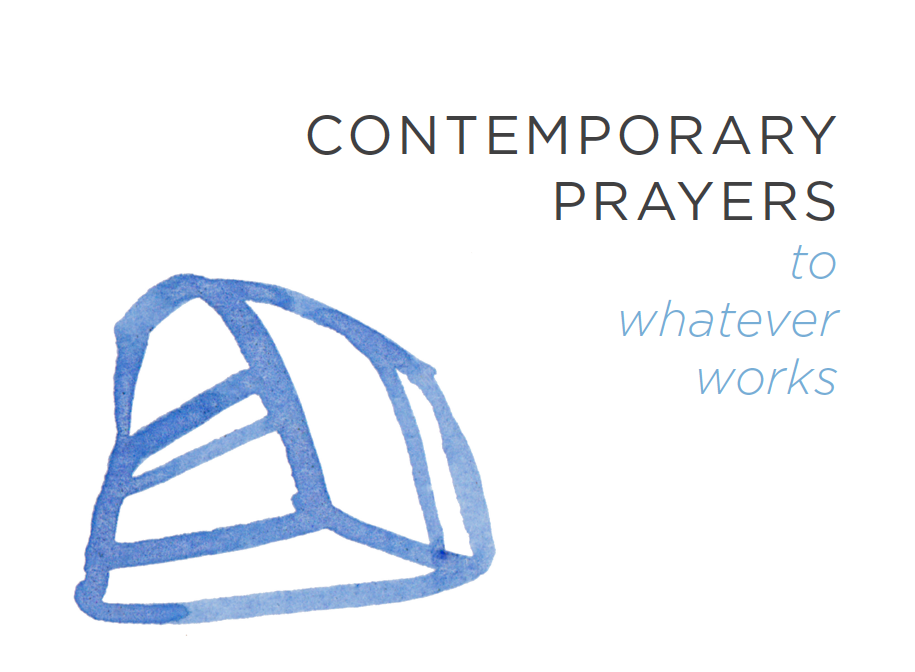
 RSS Feed
RSS Feed